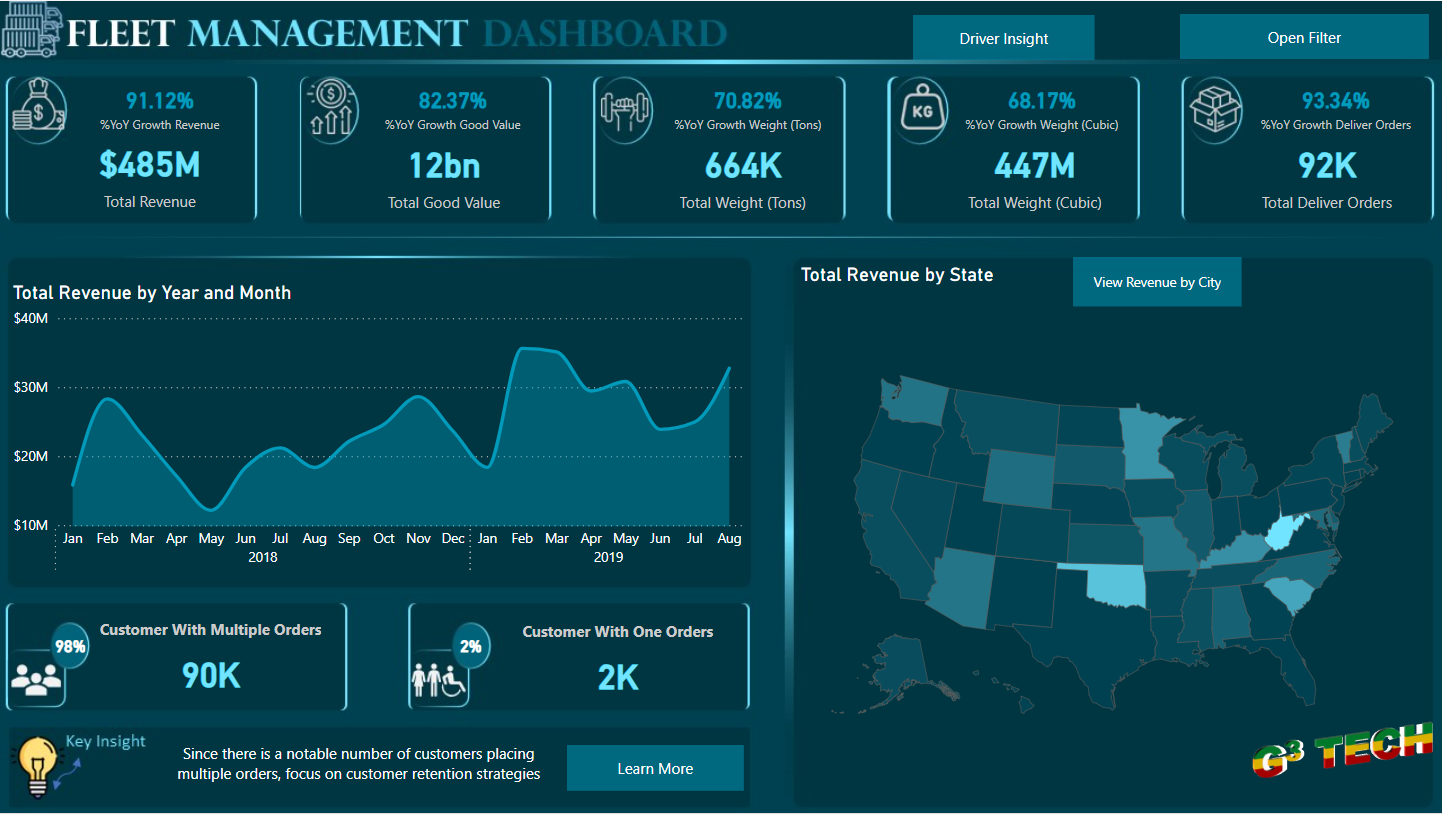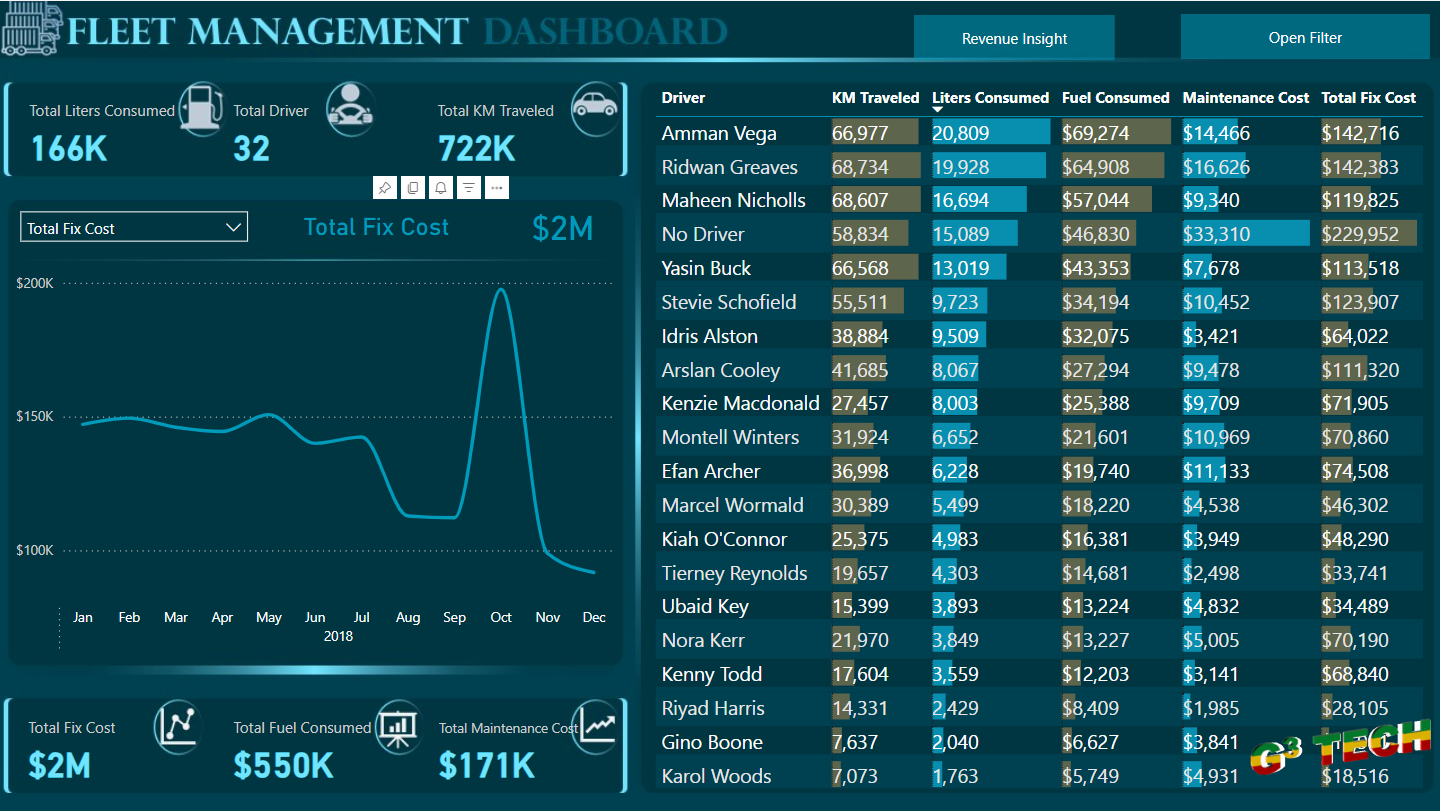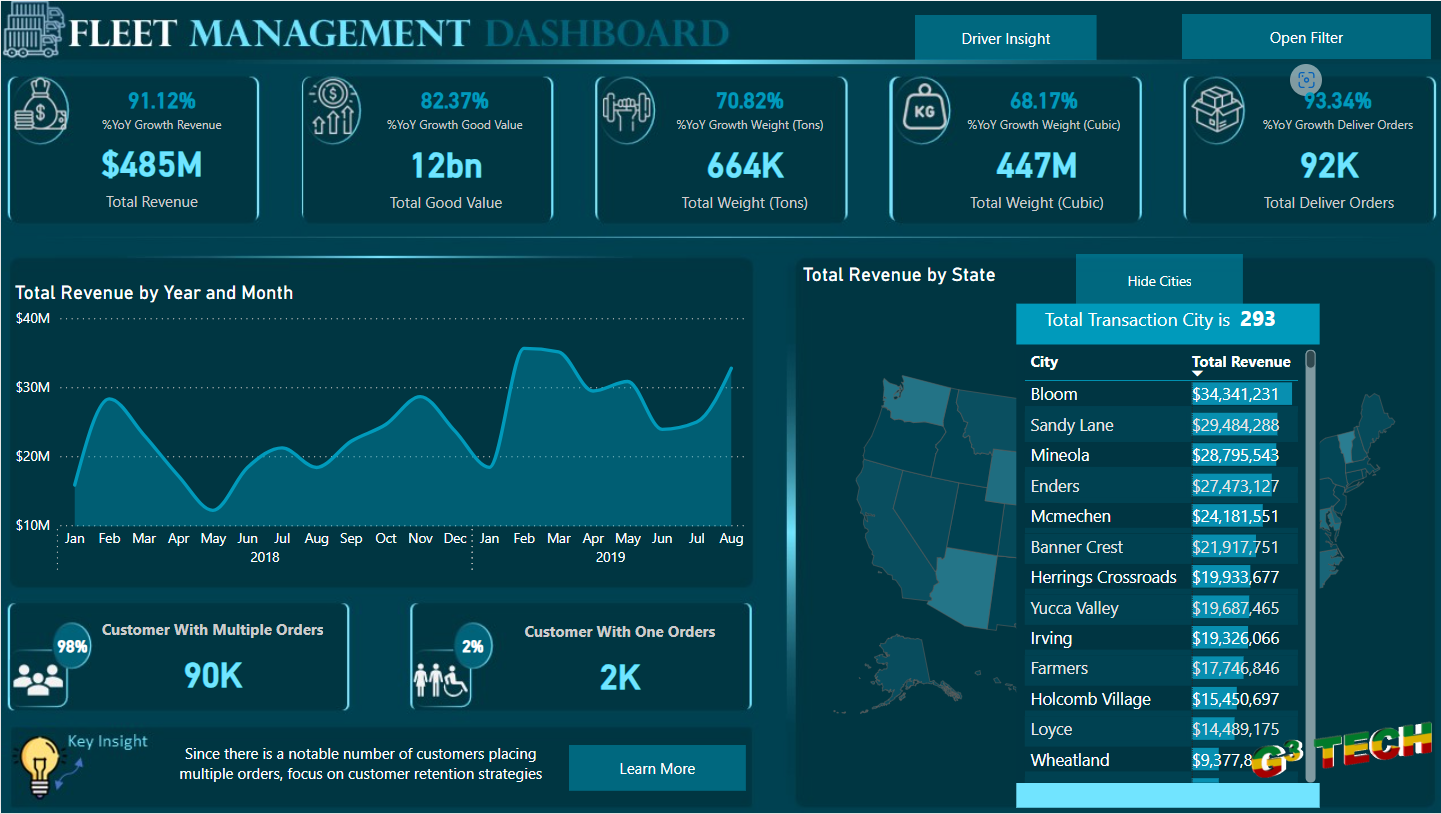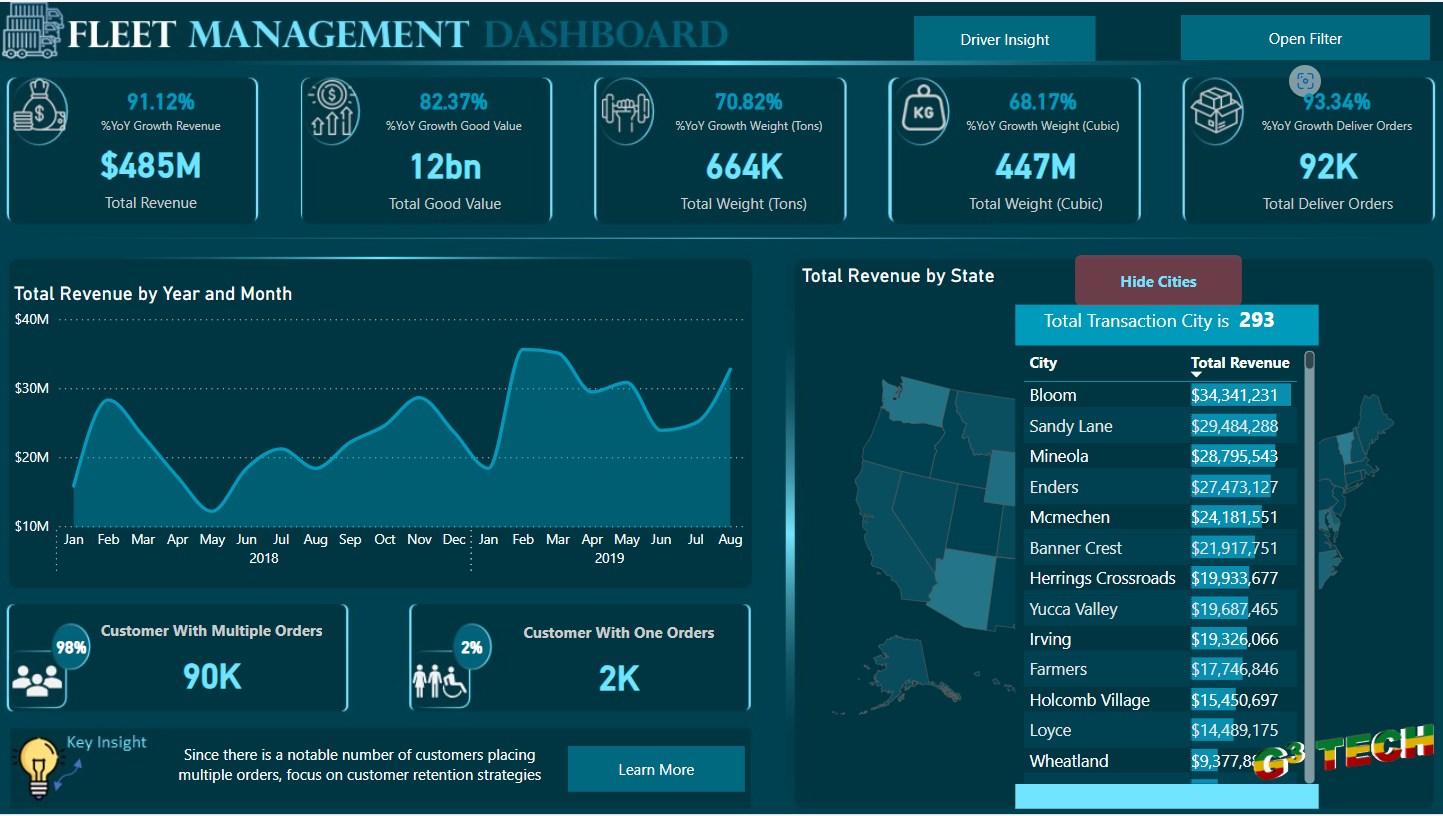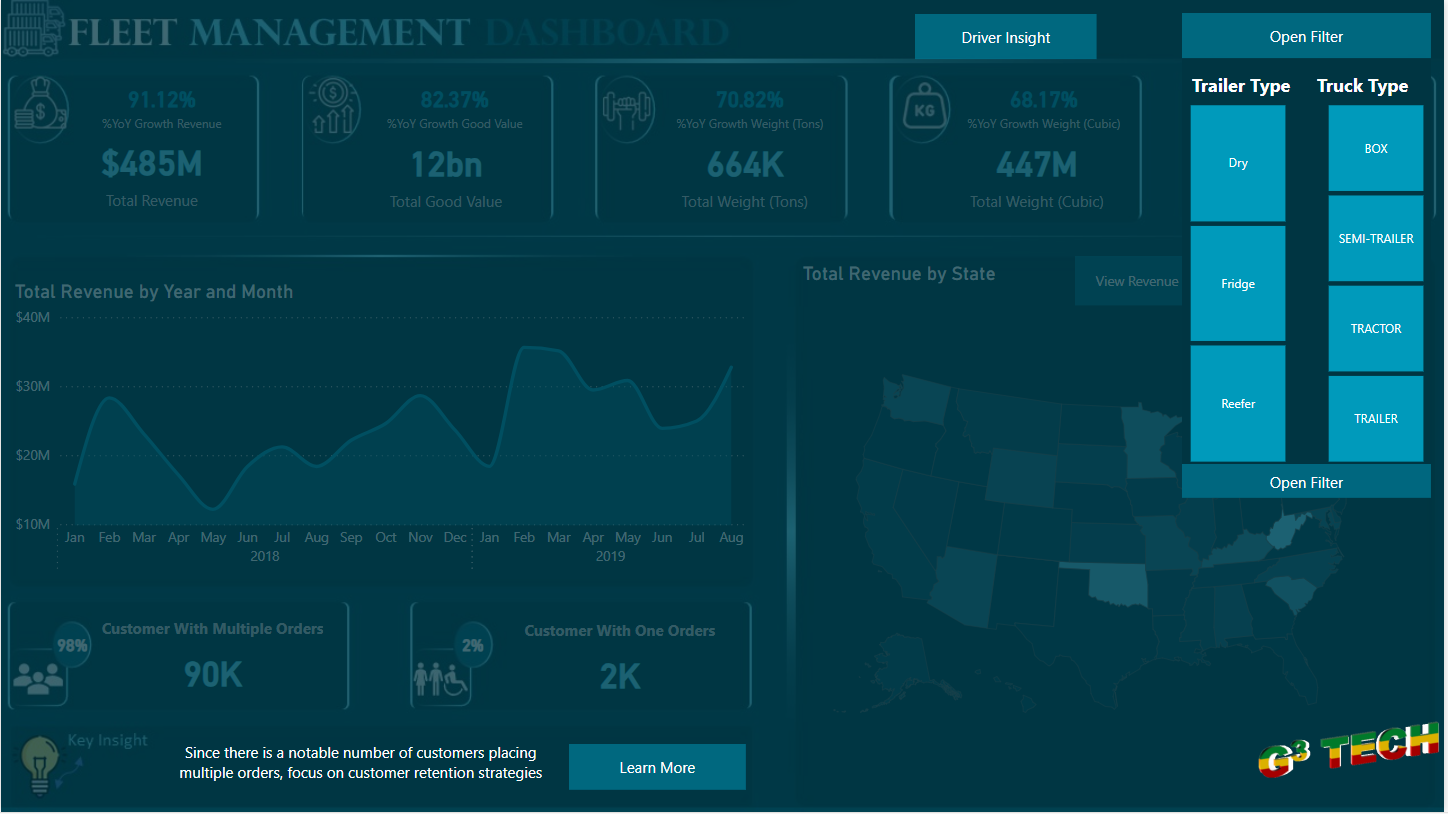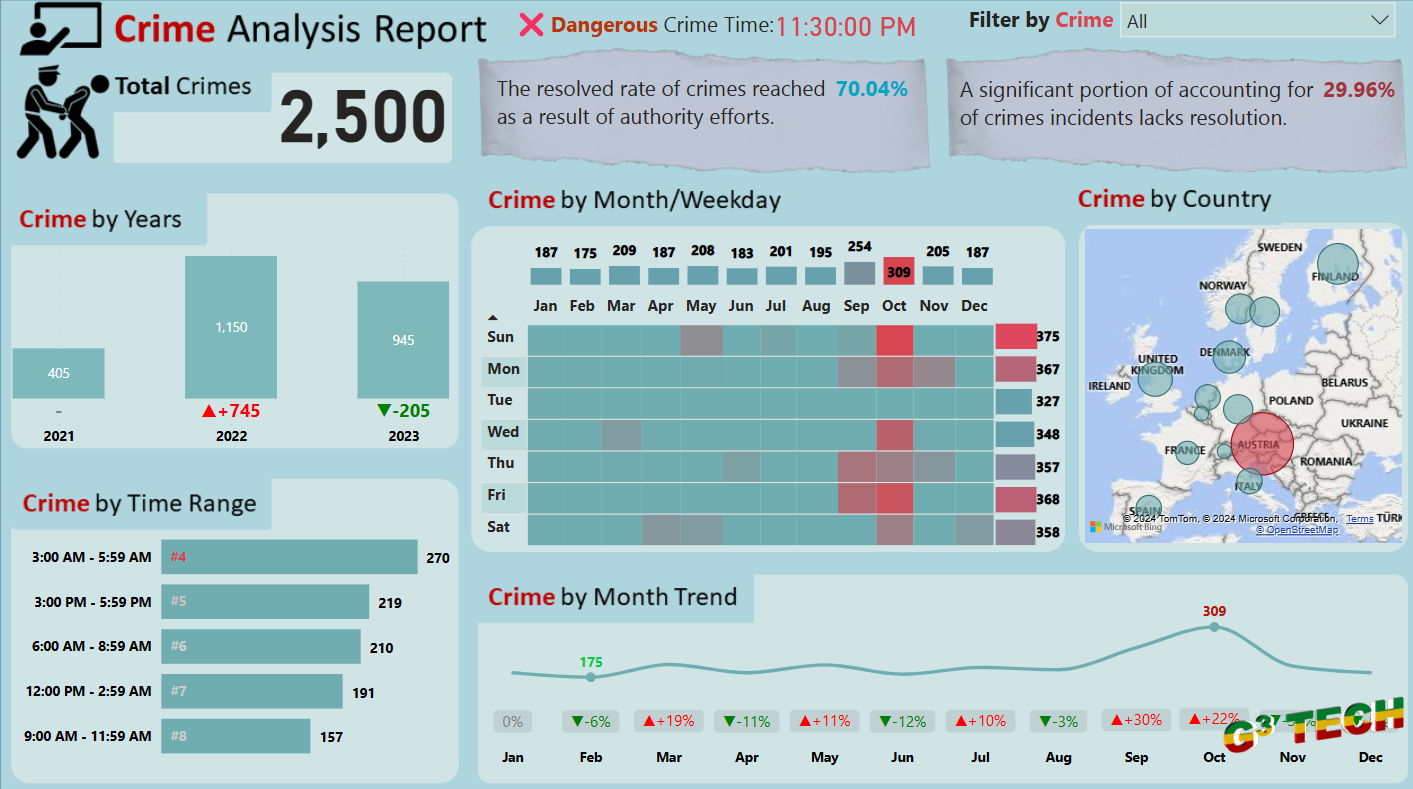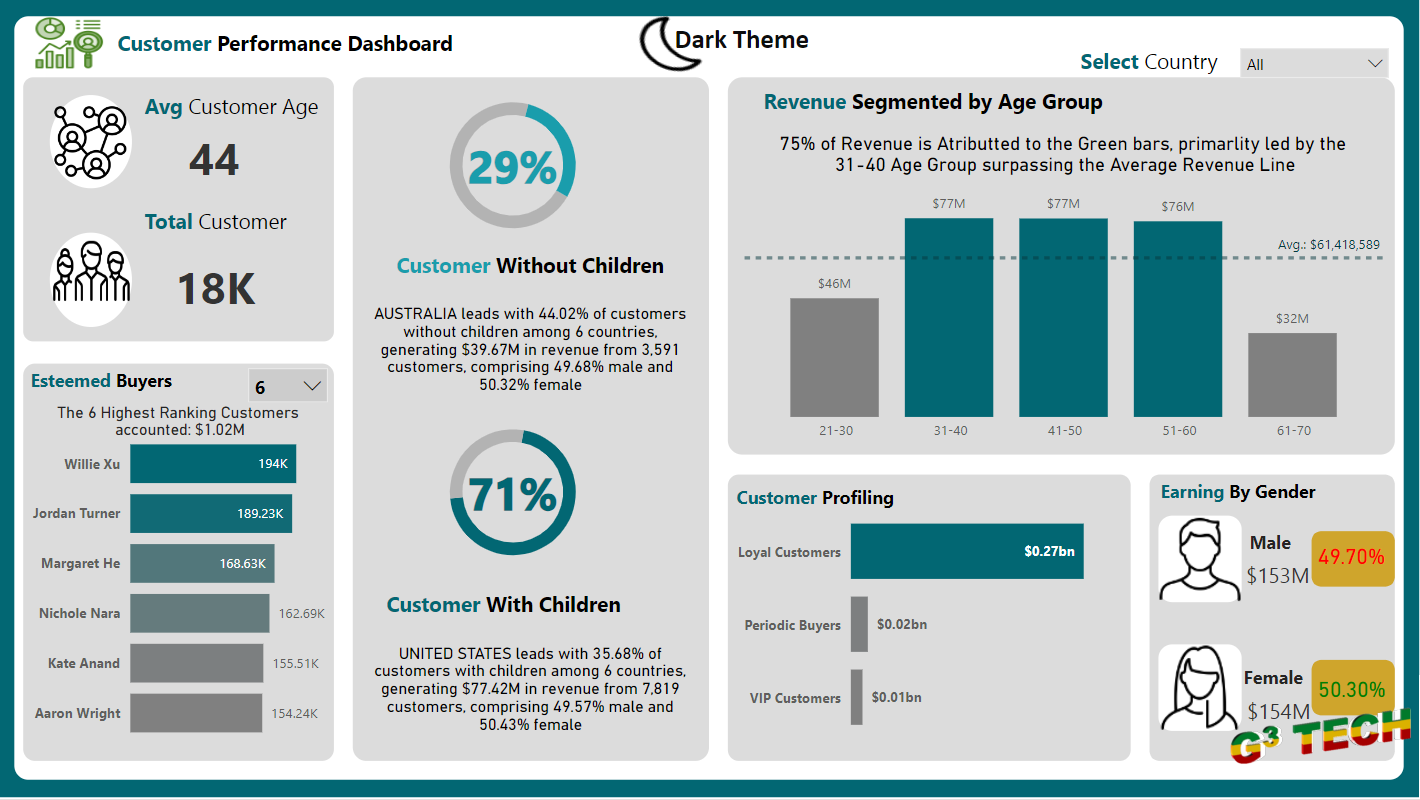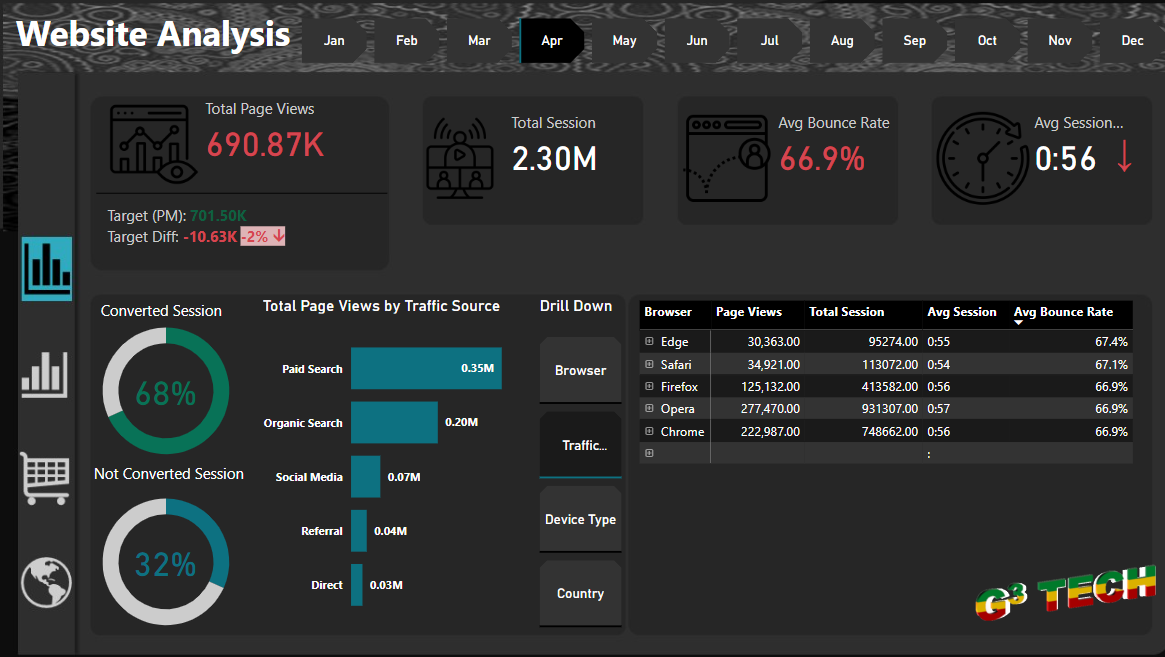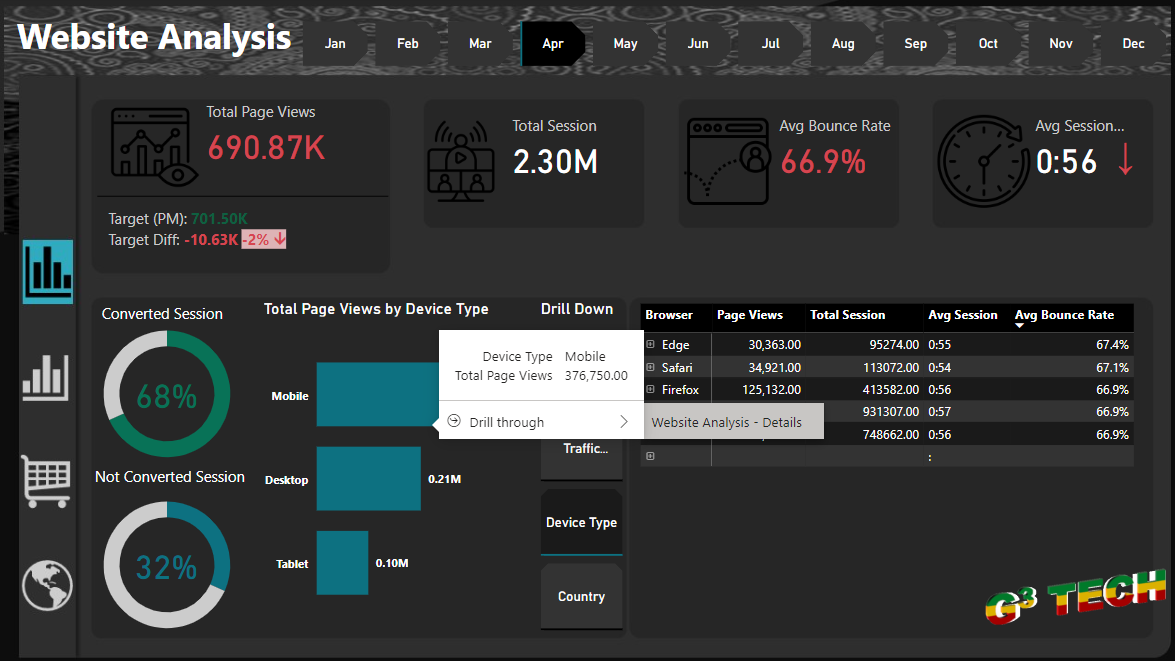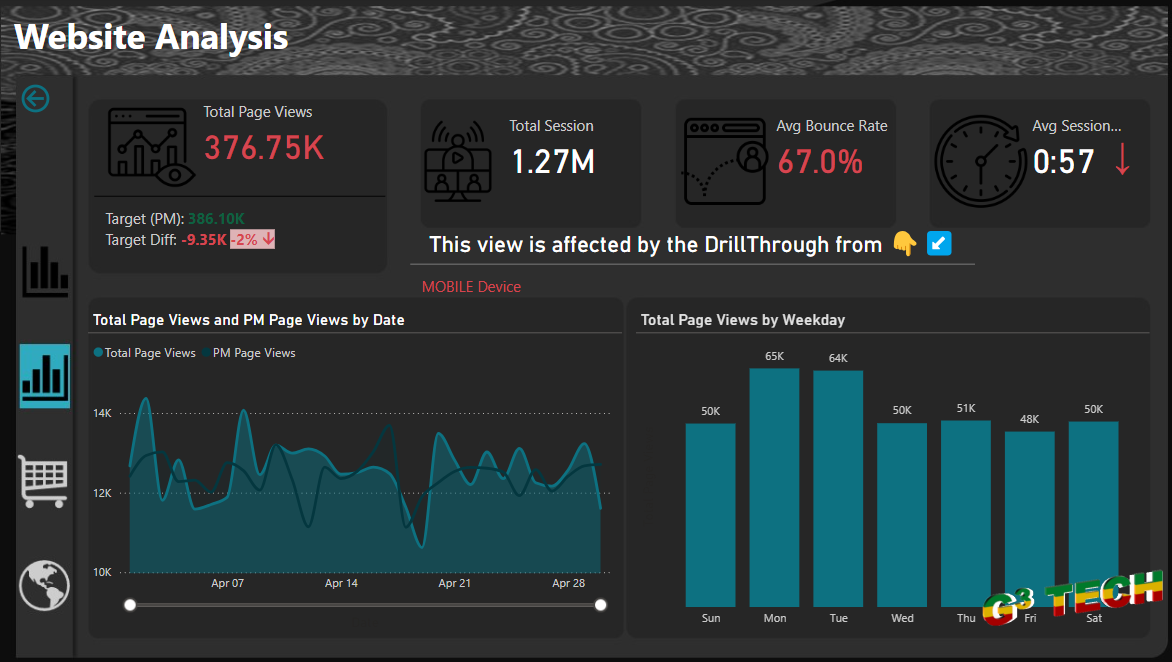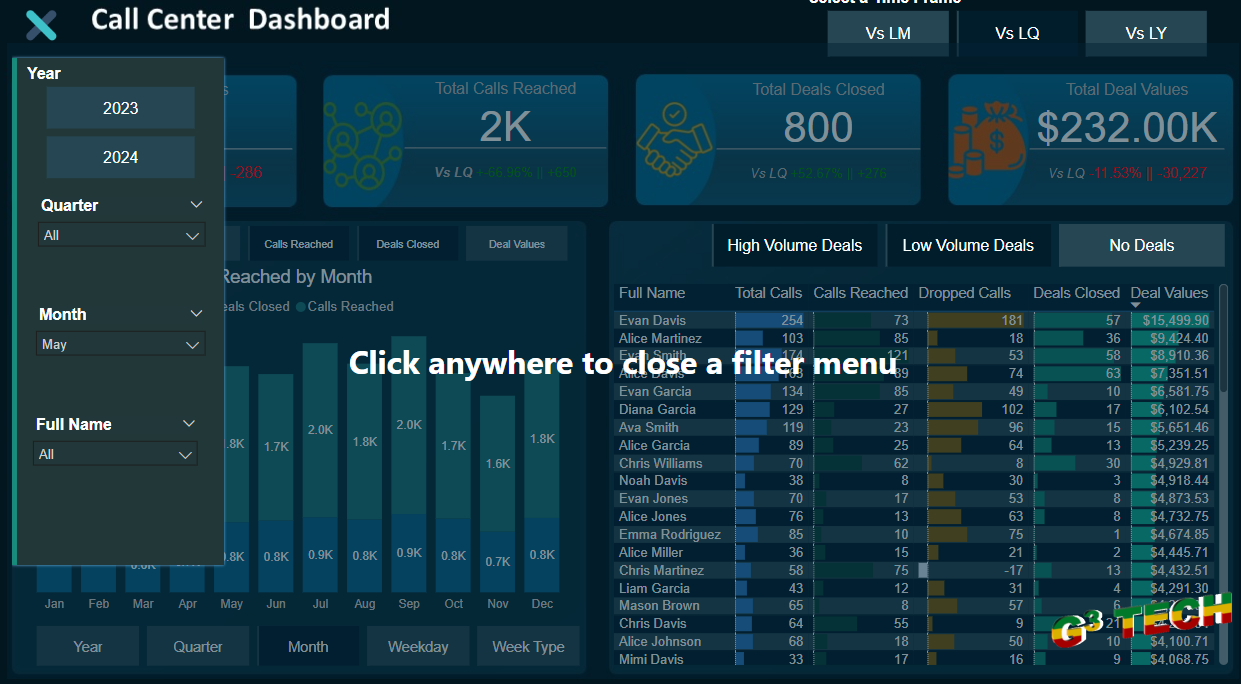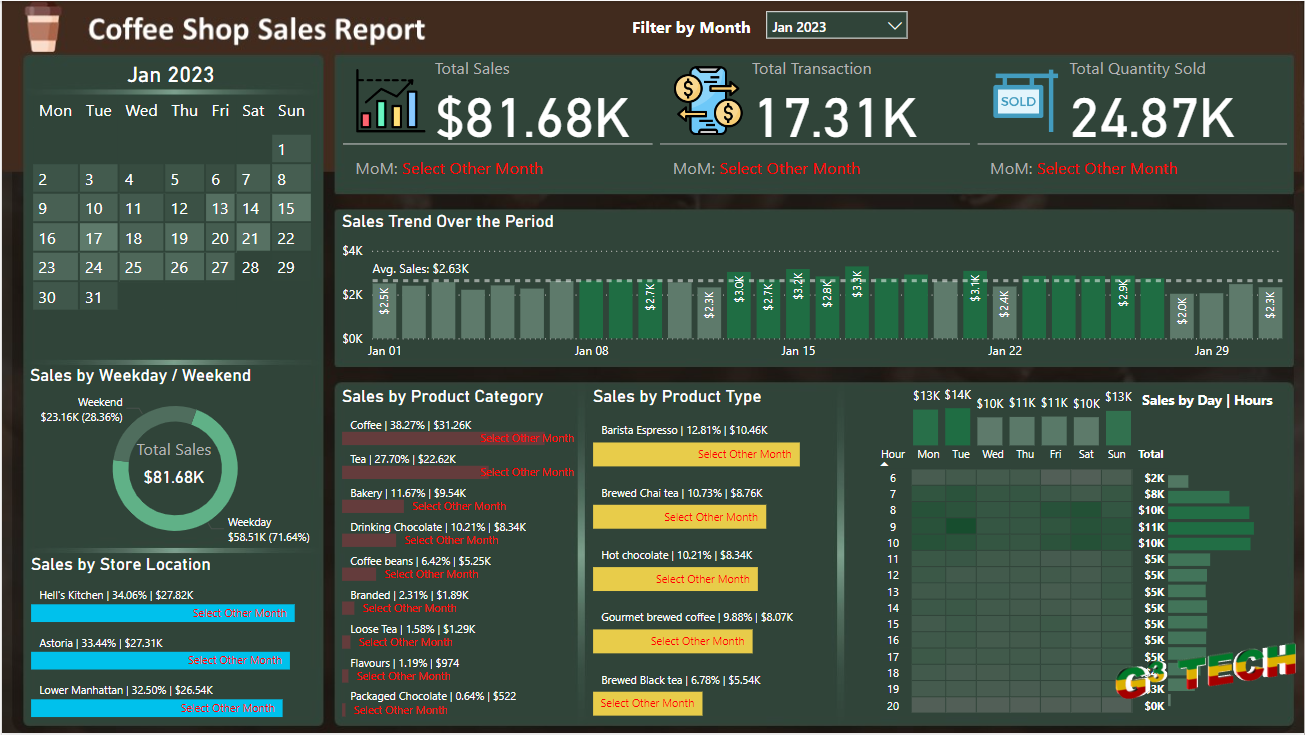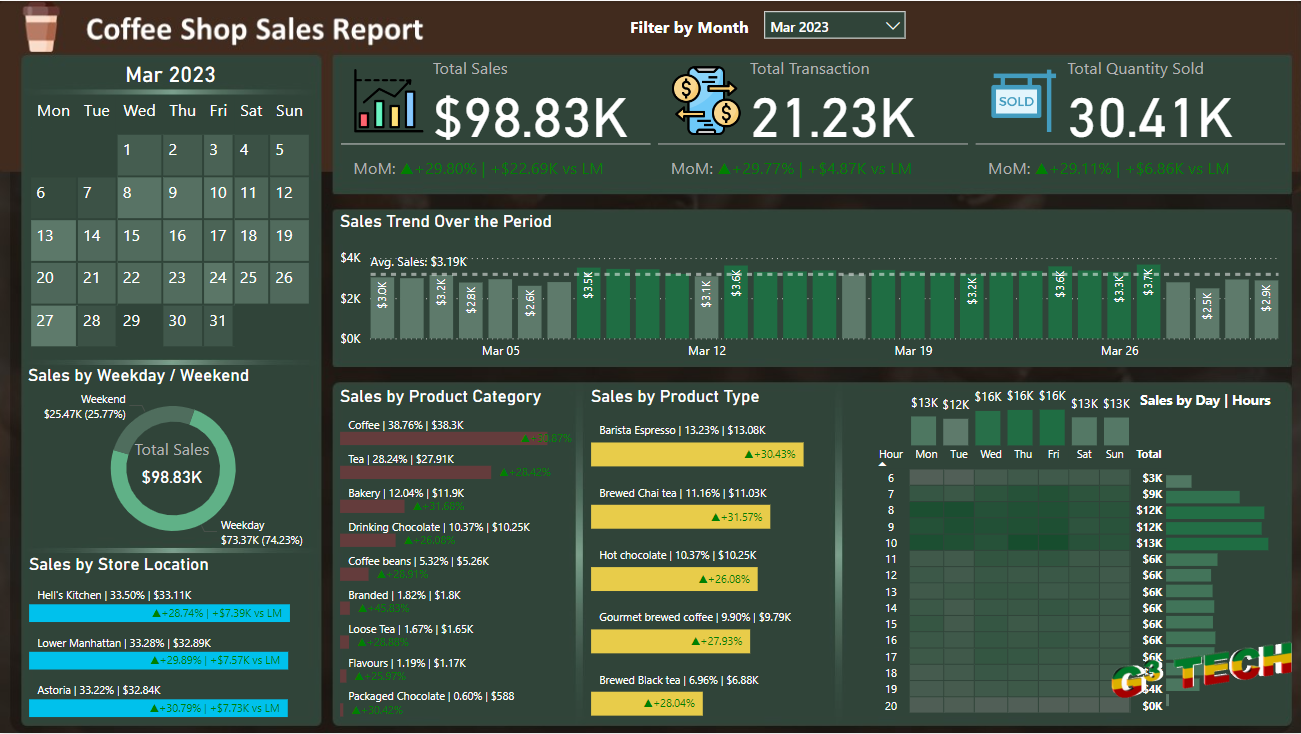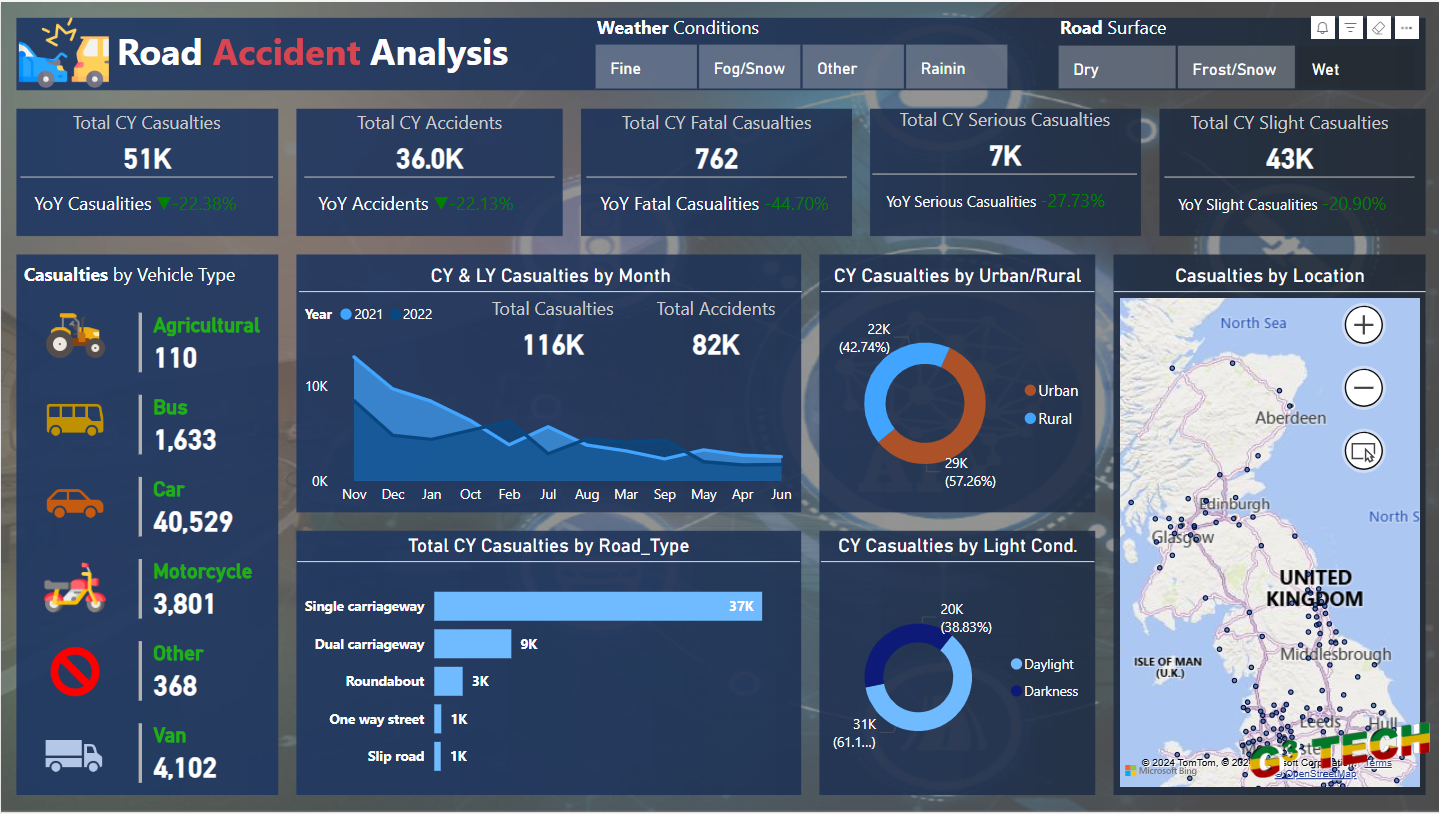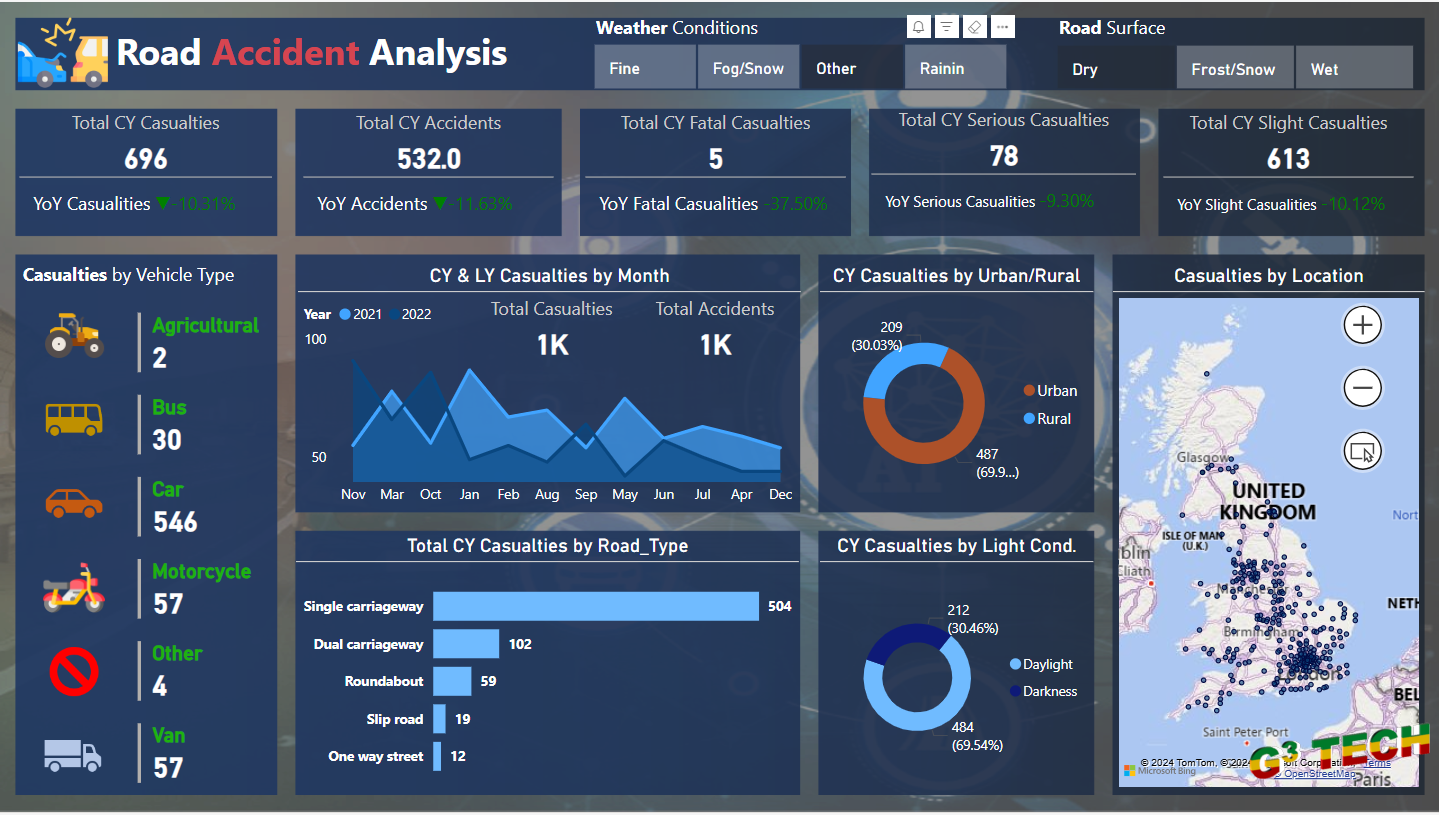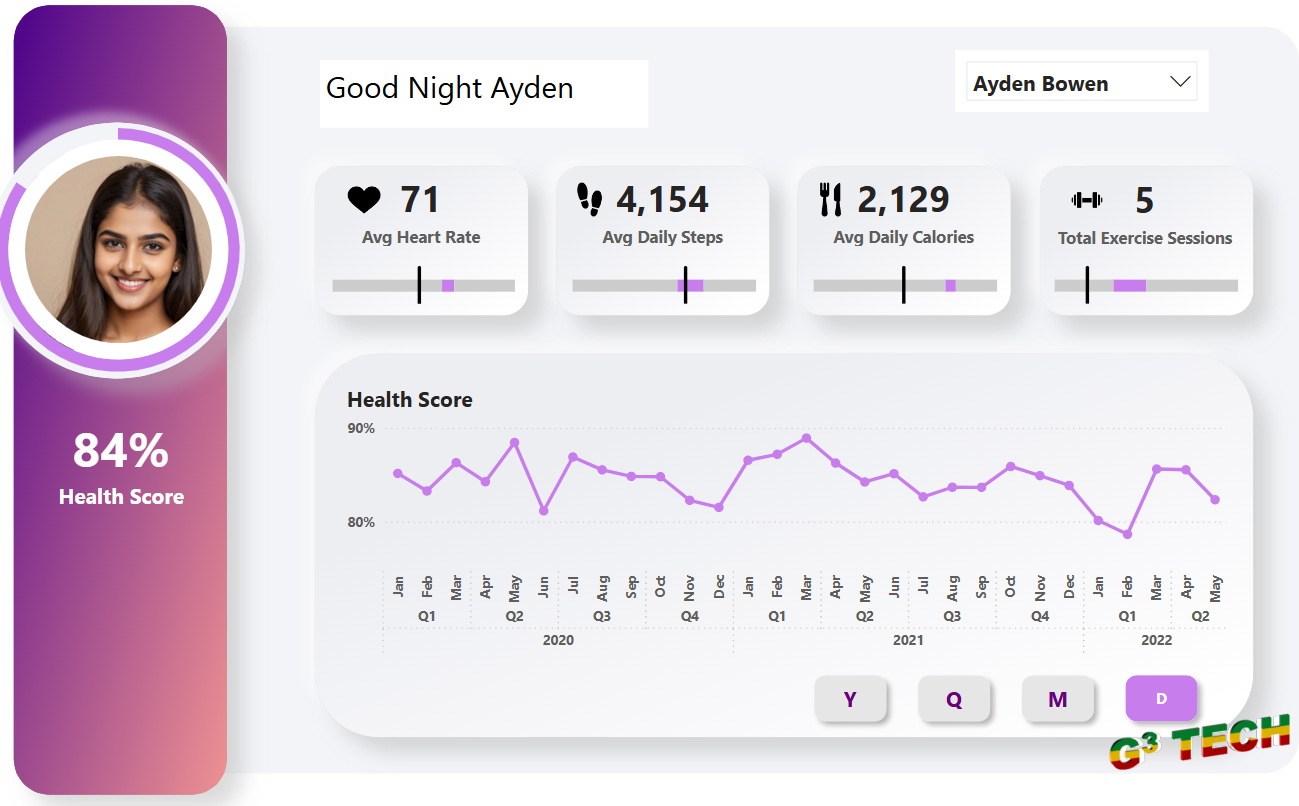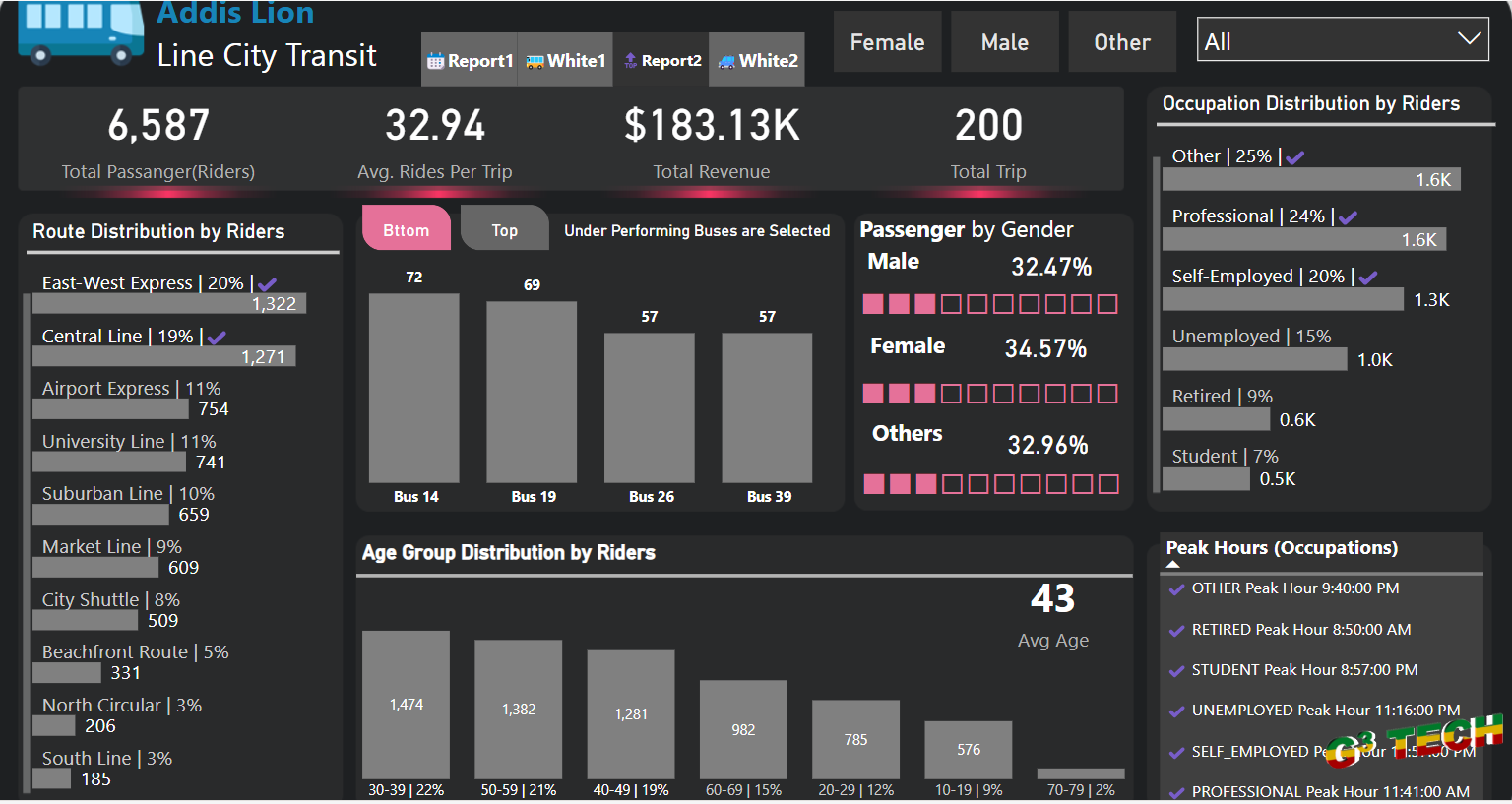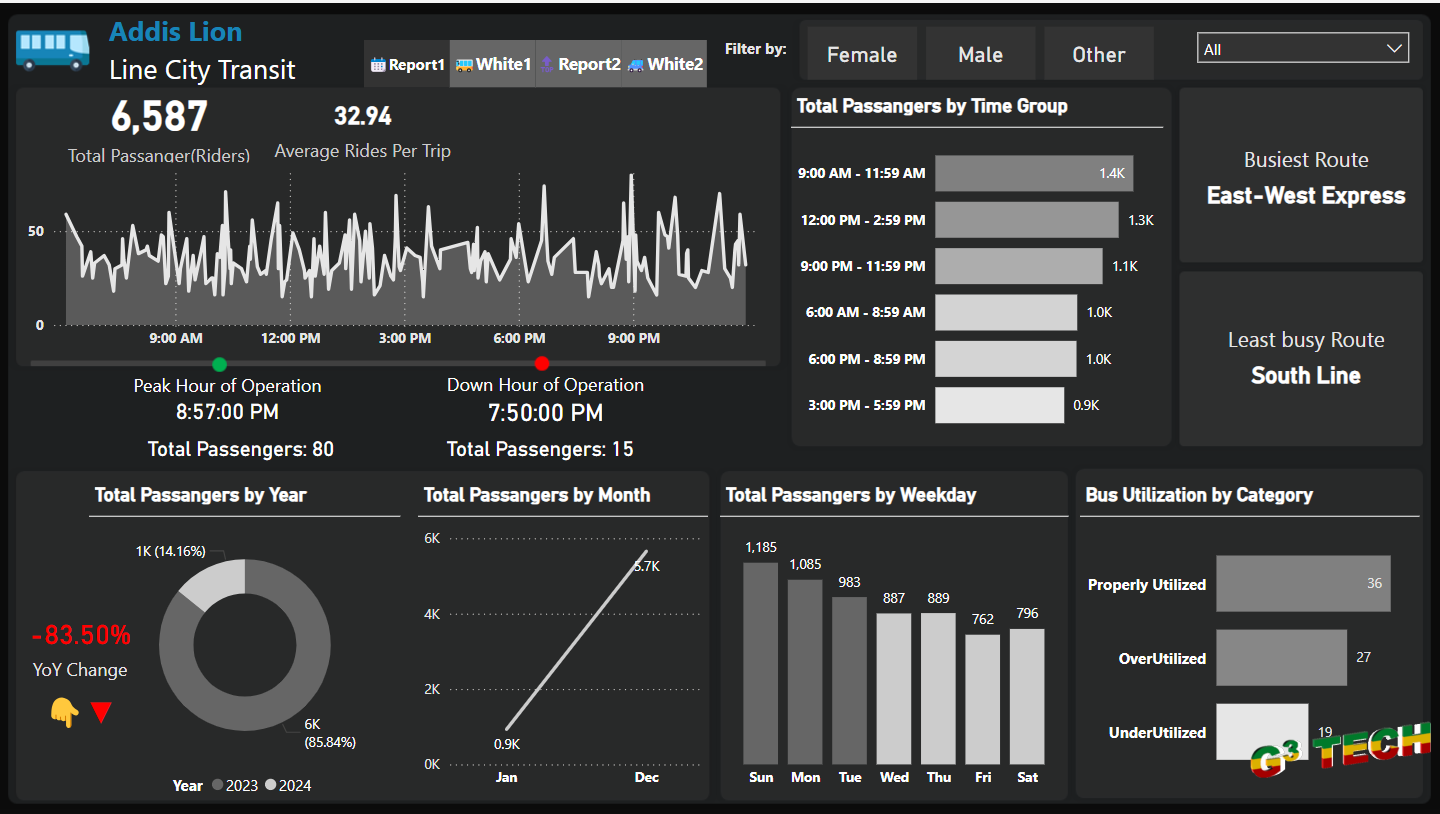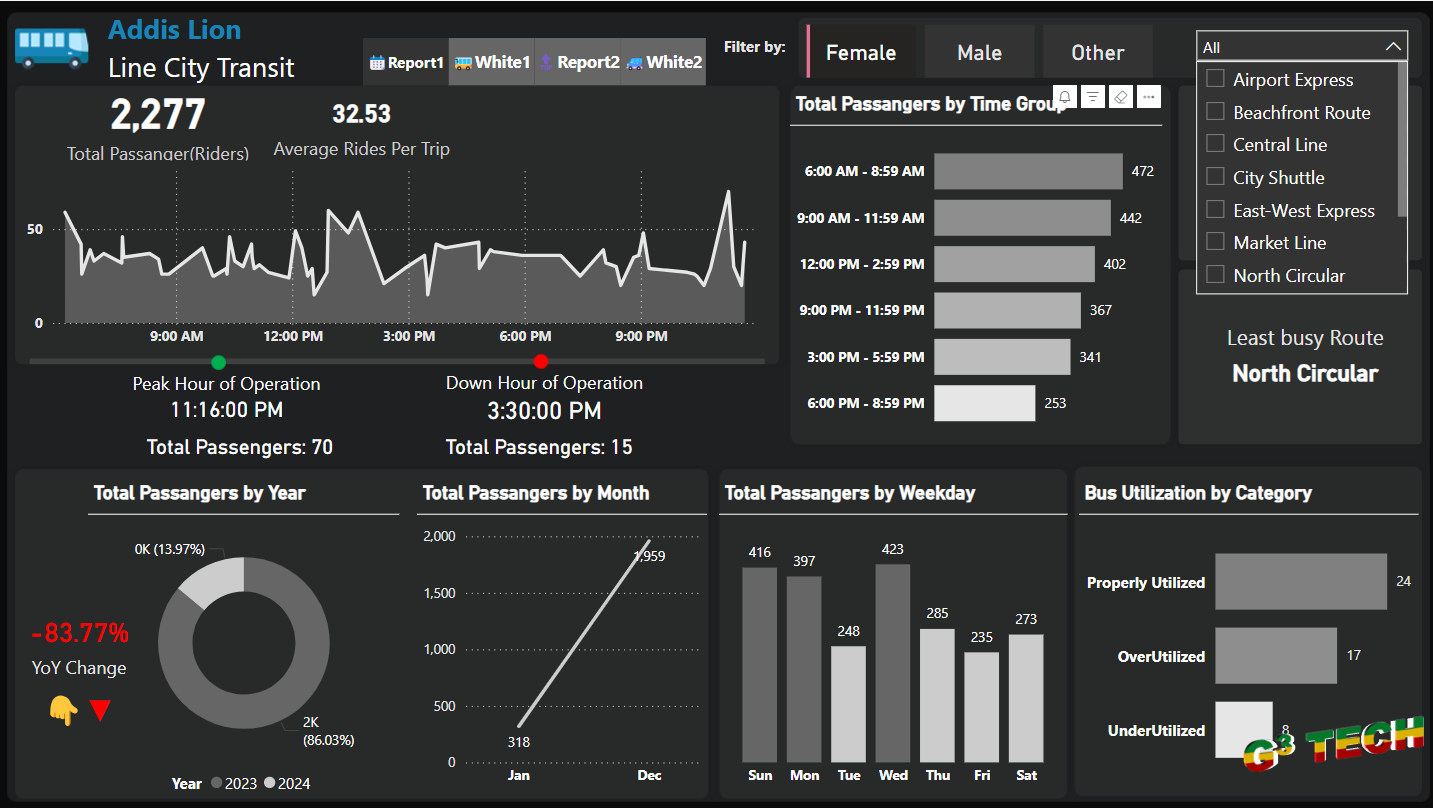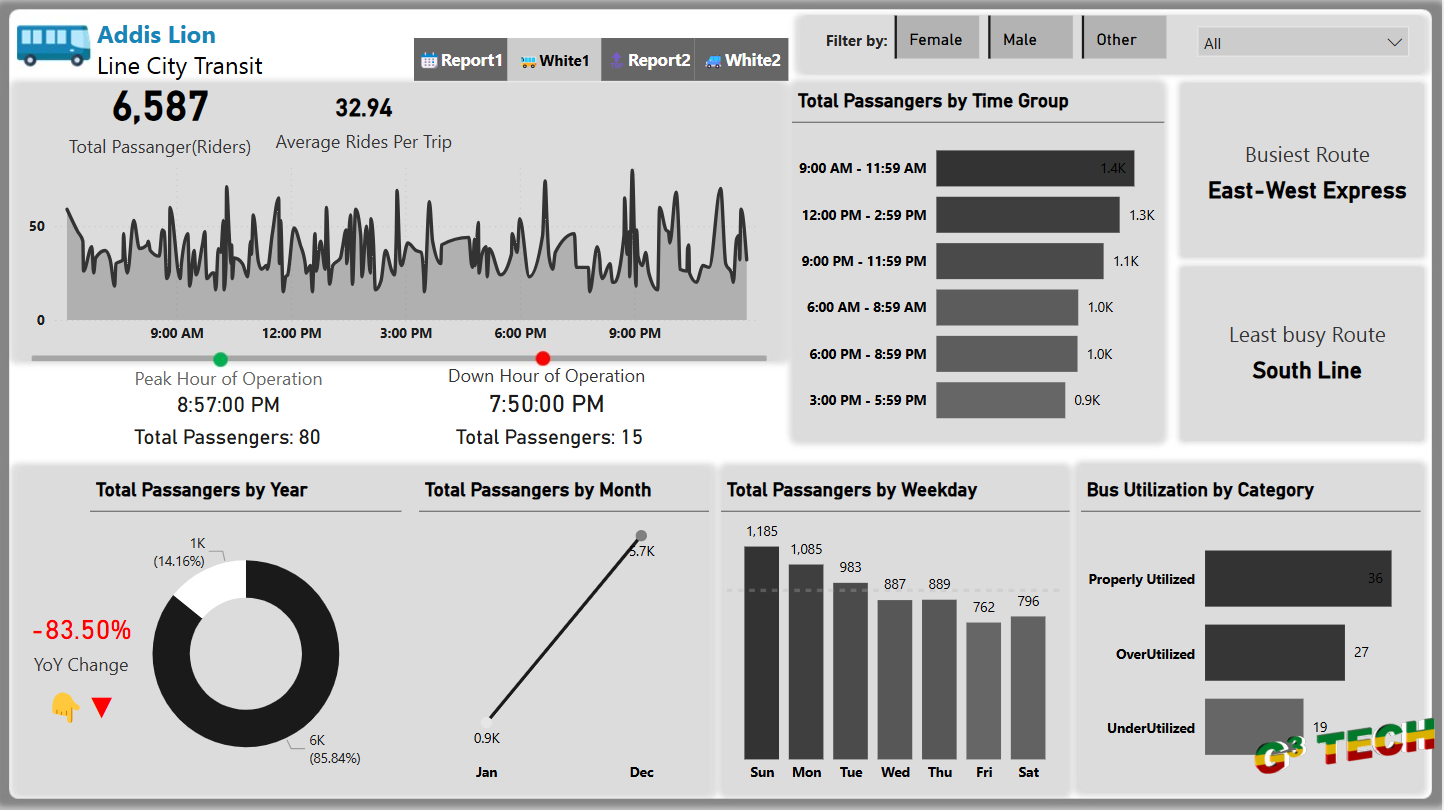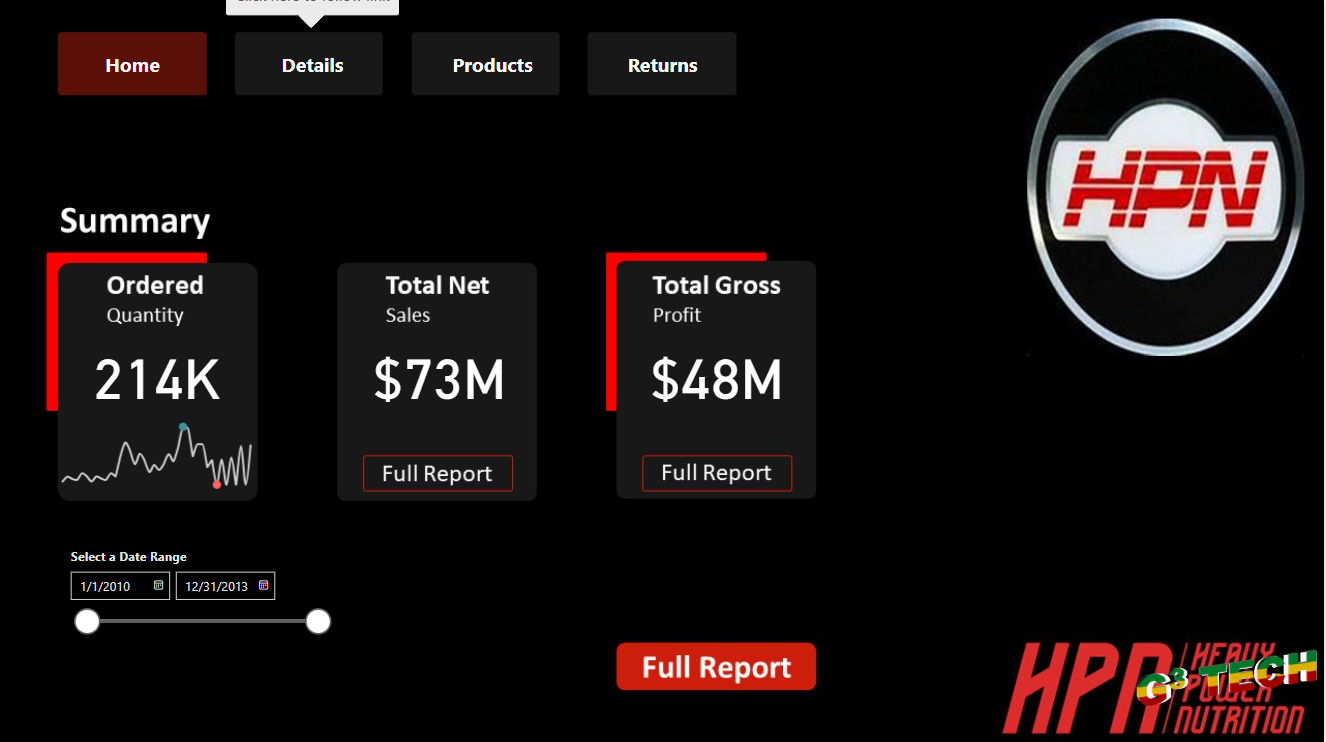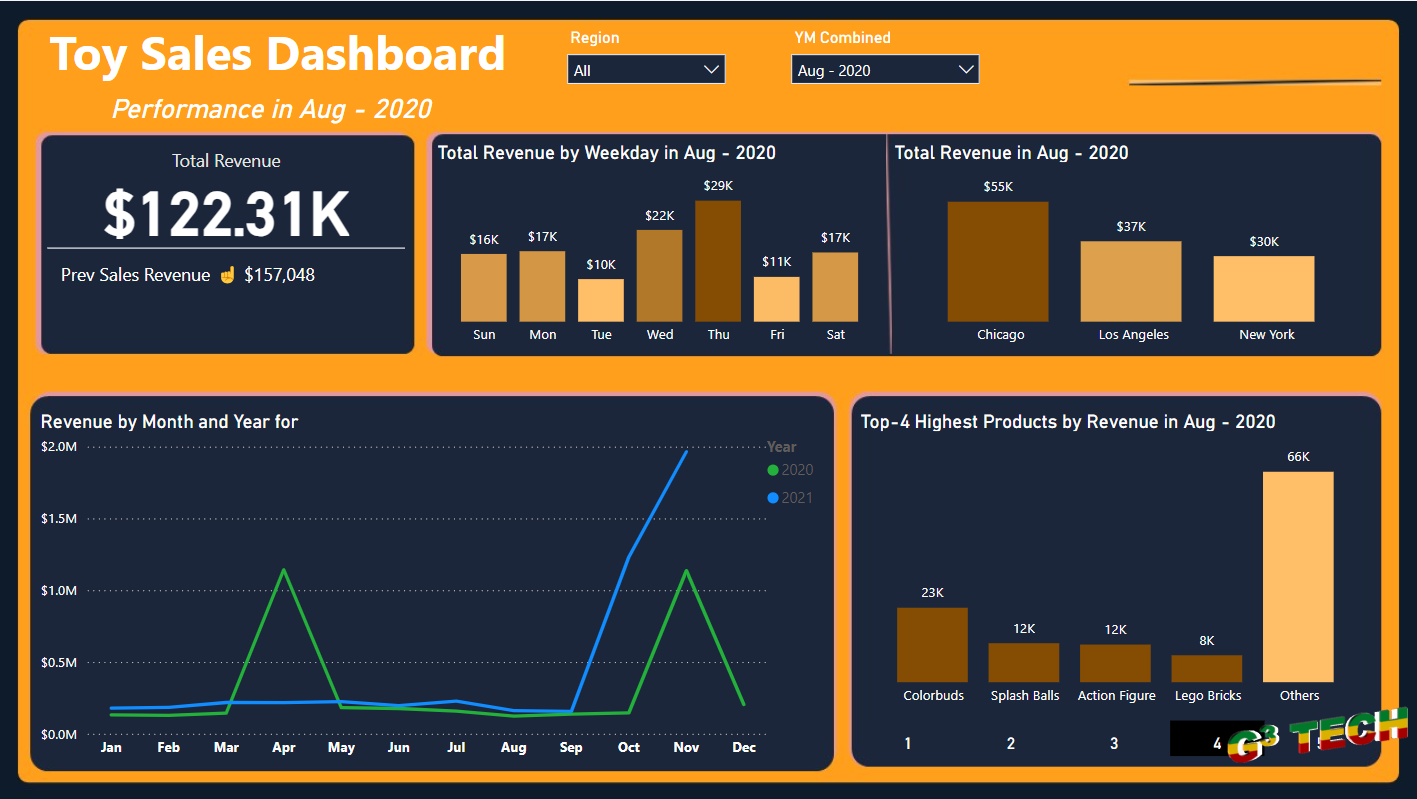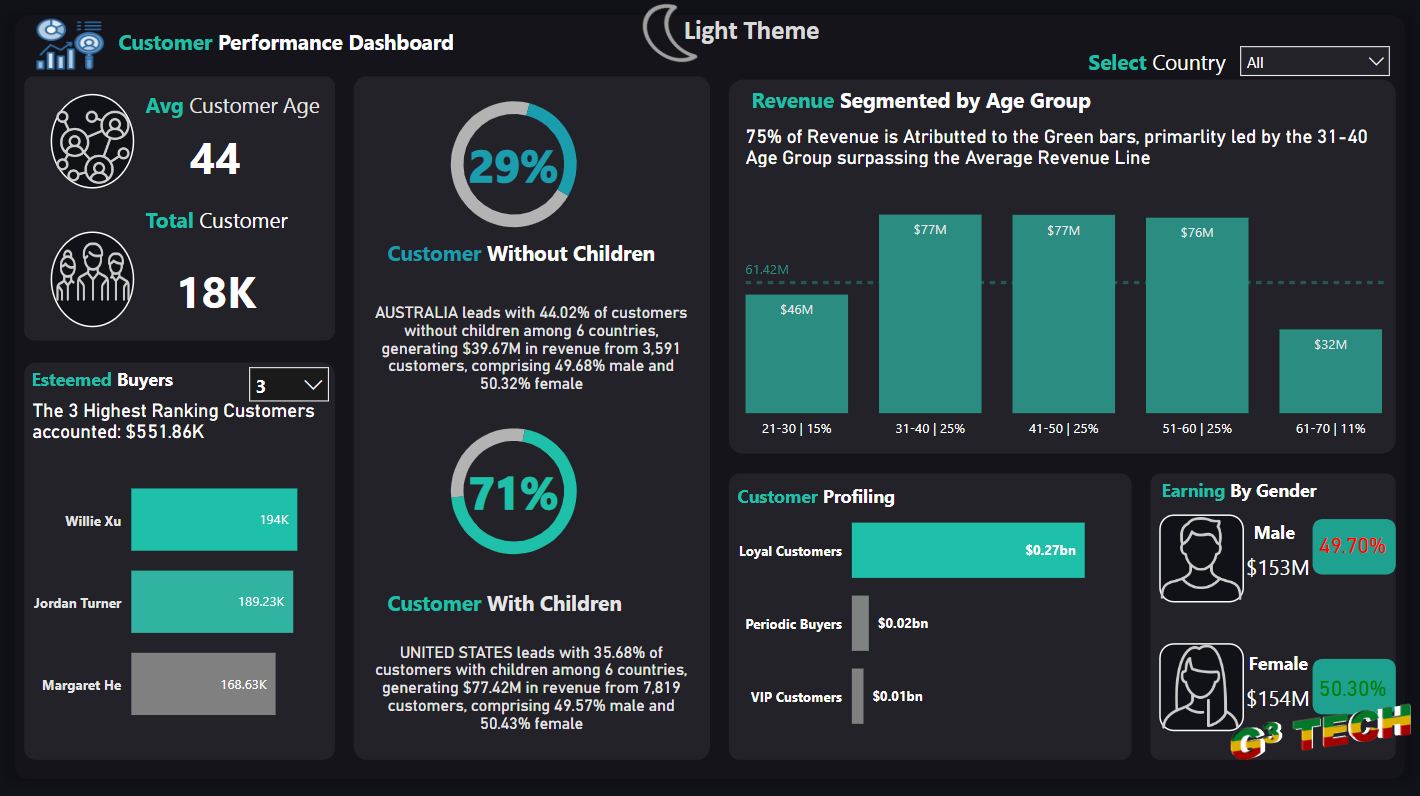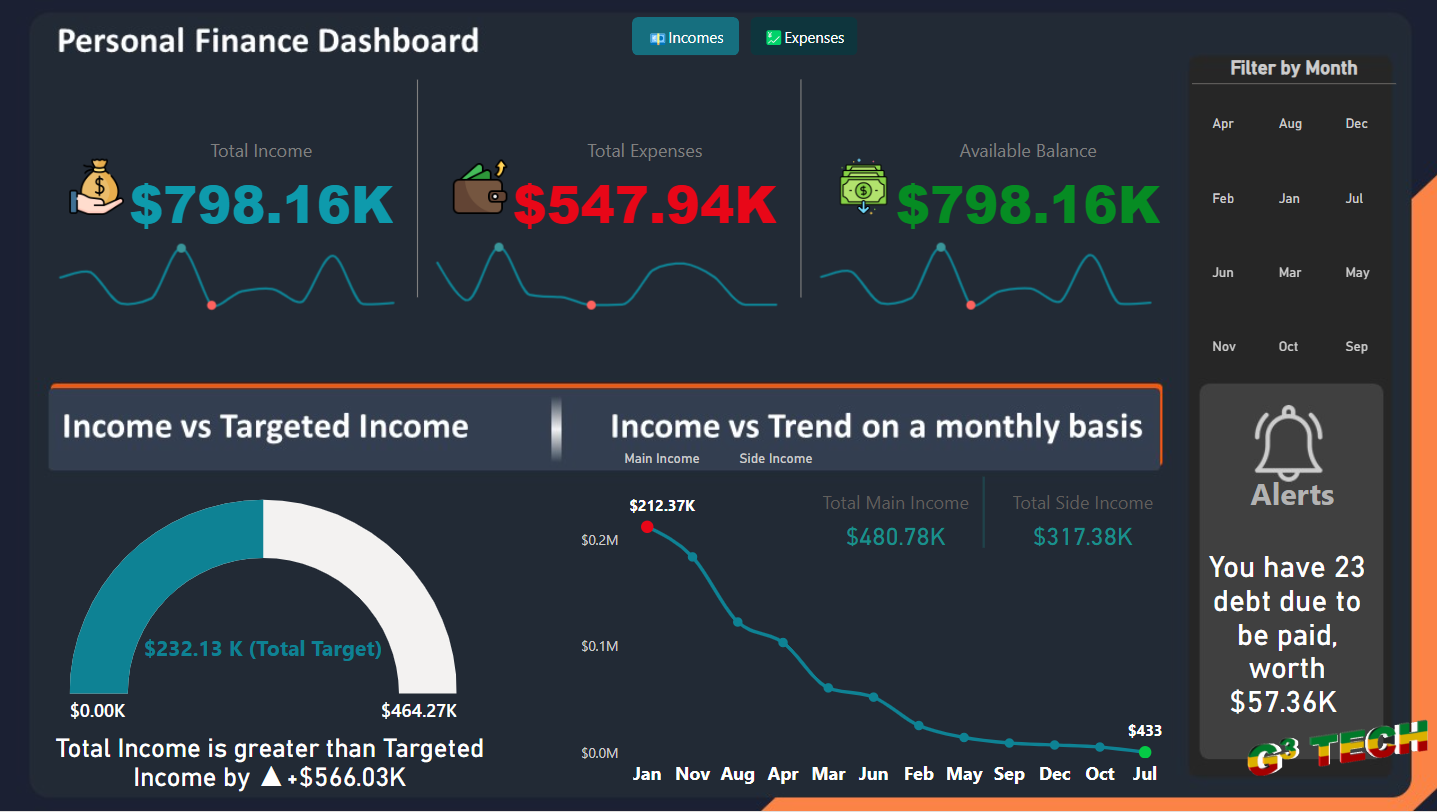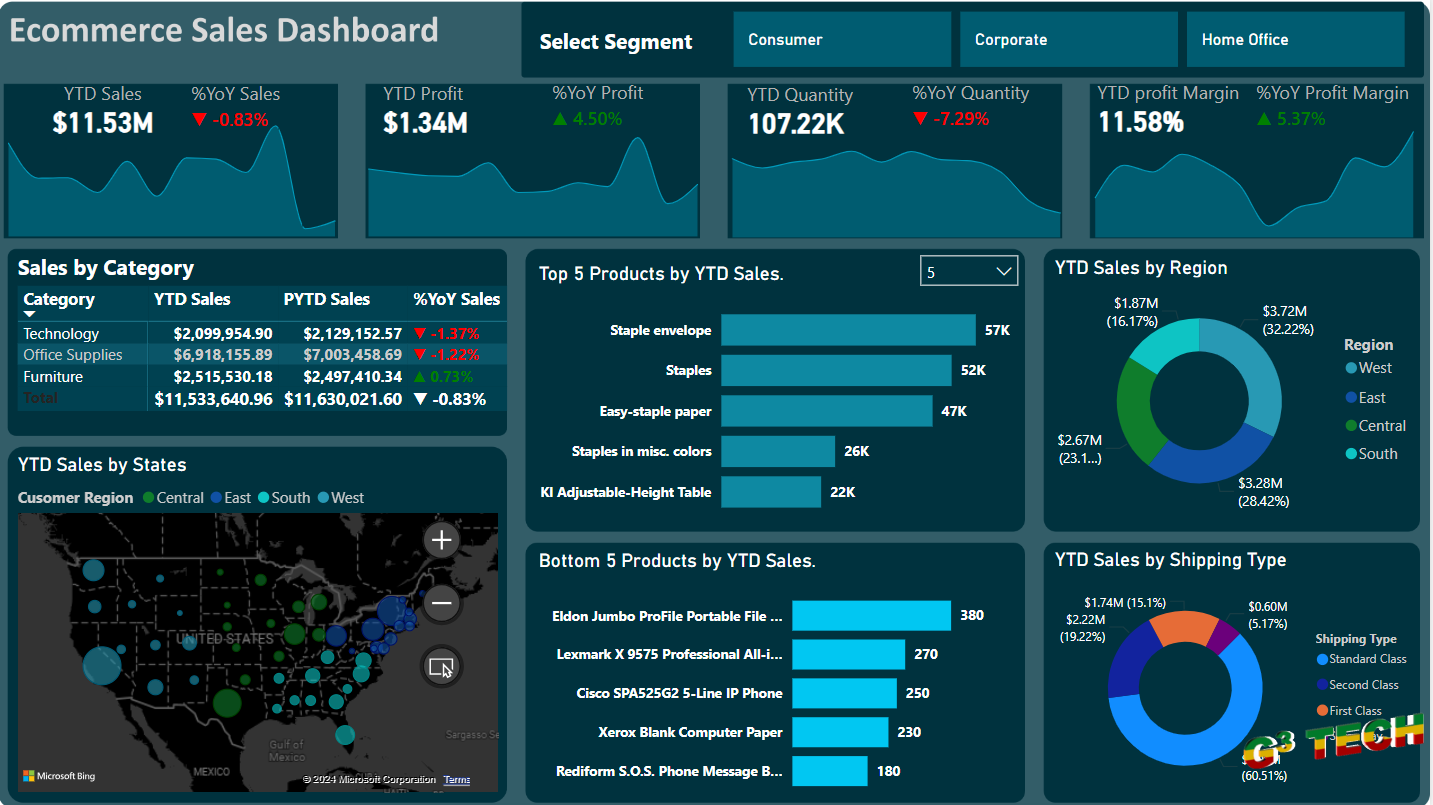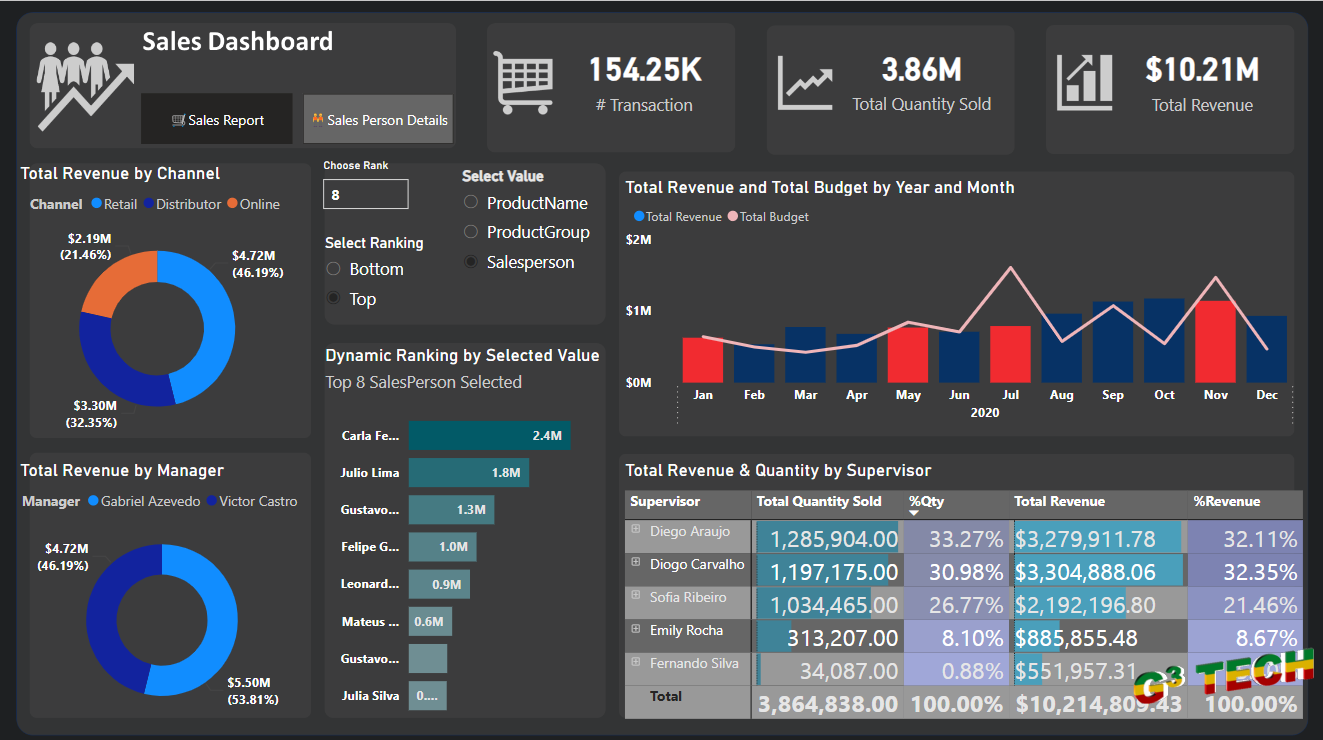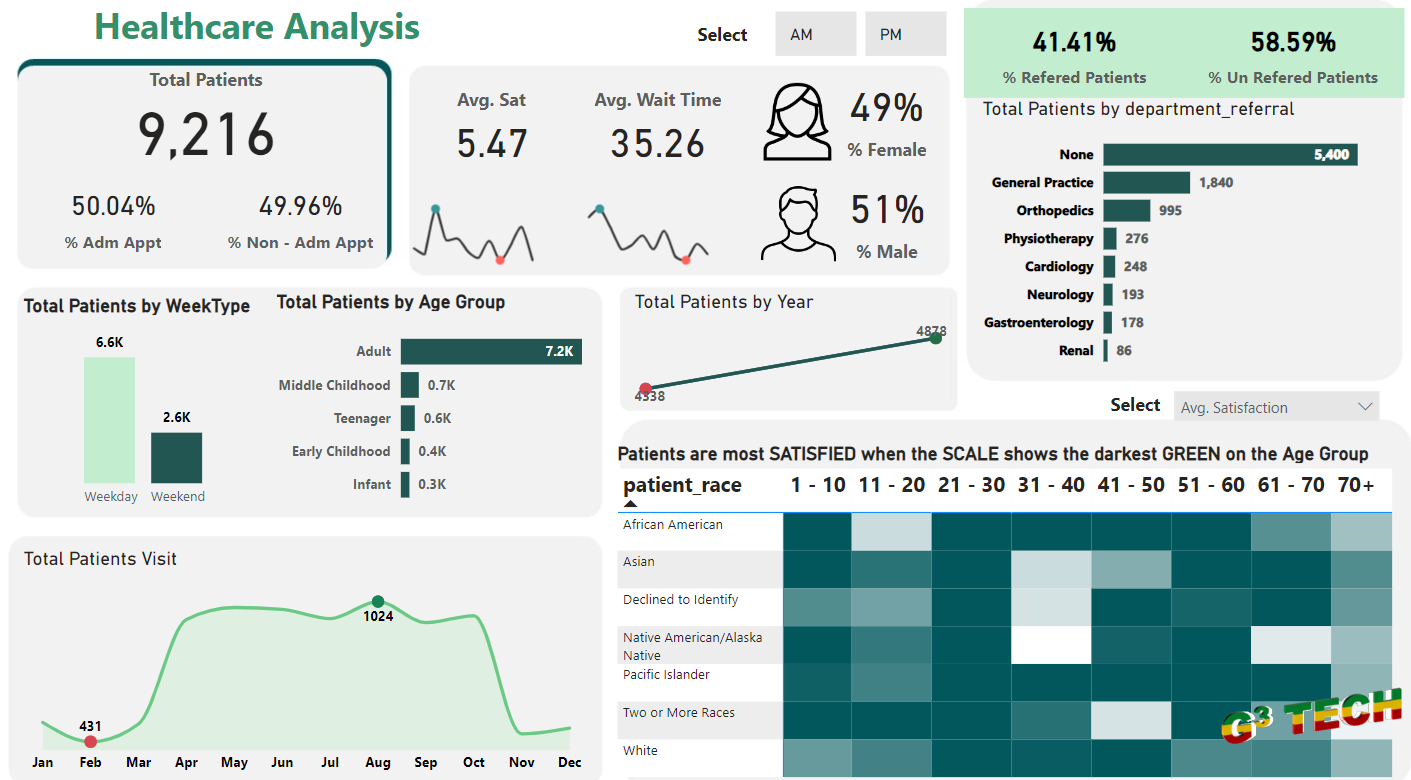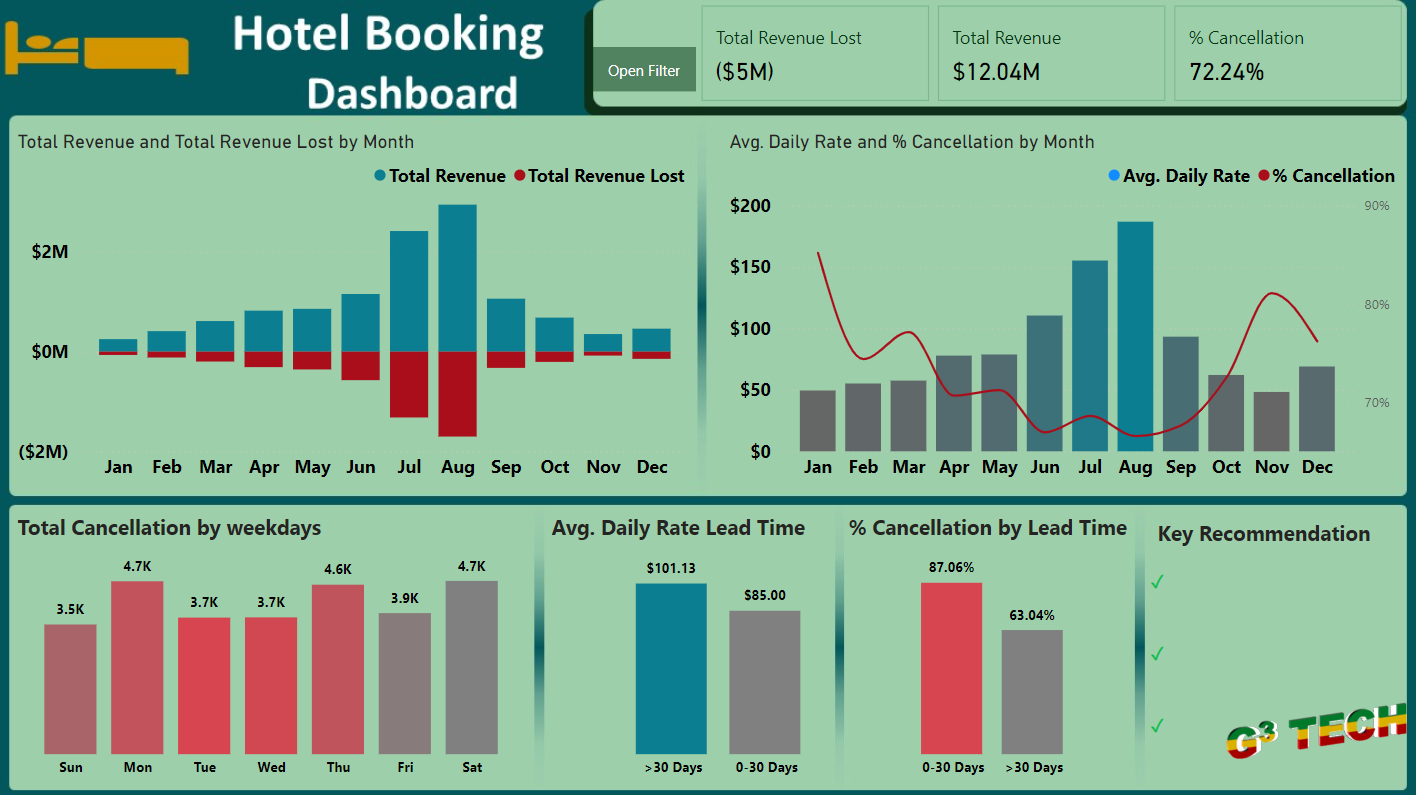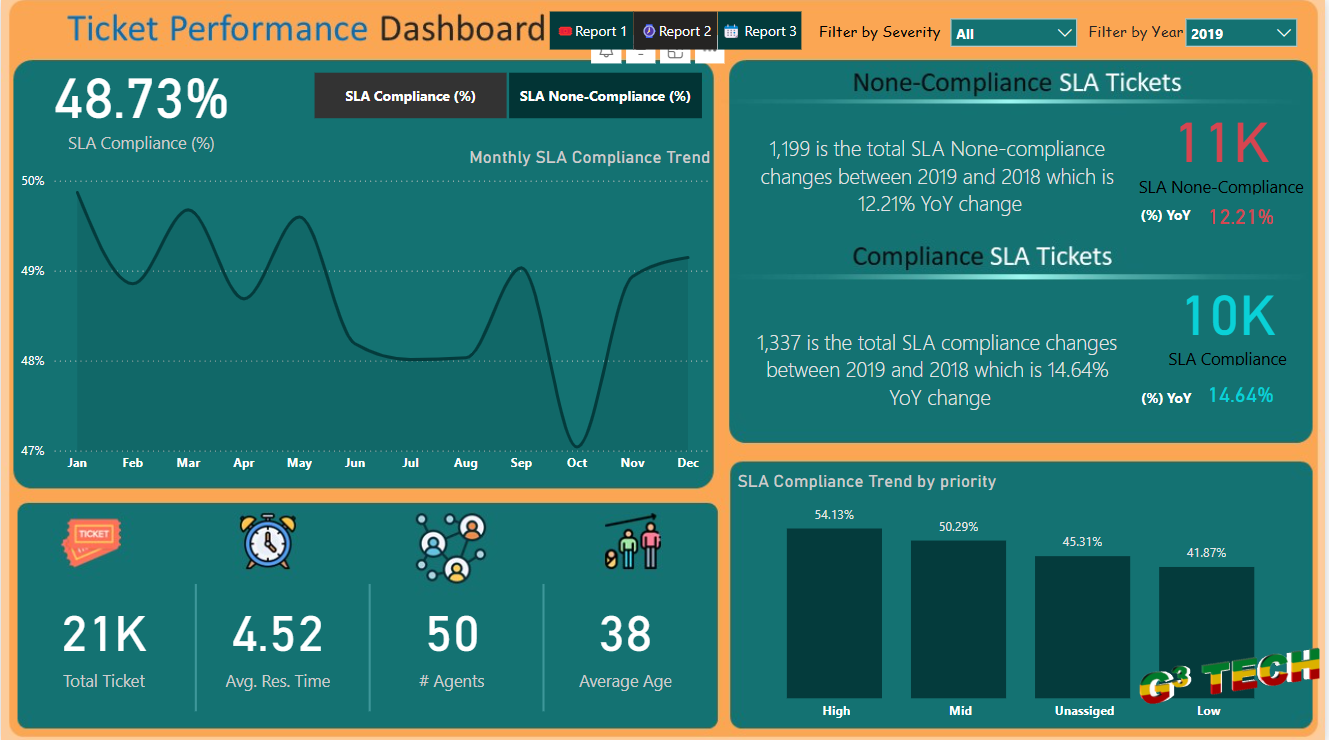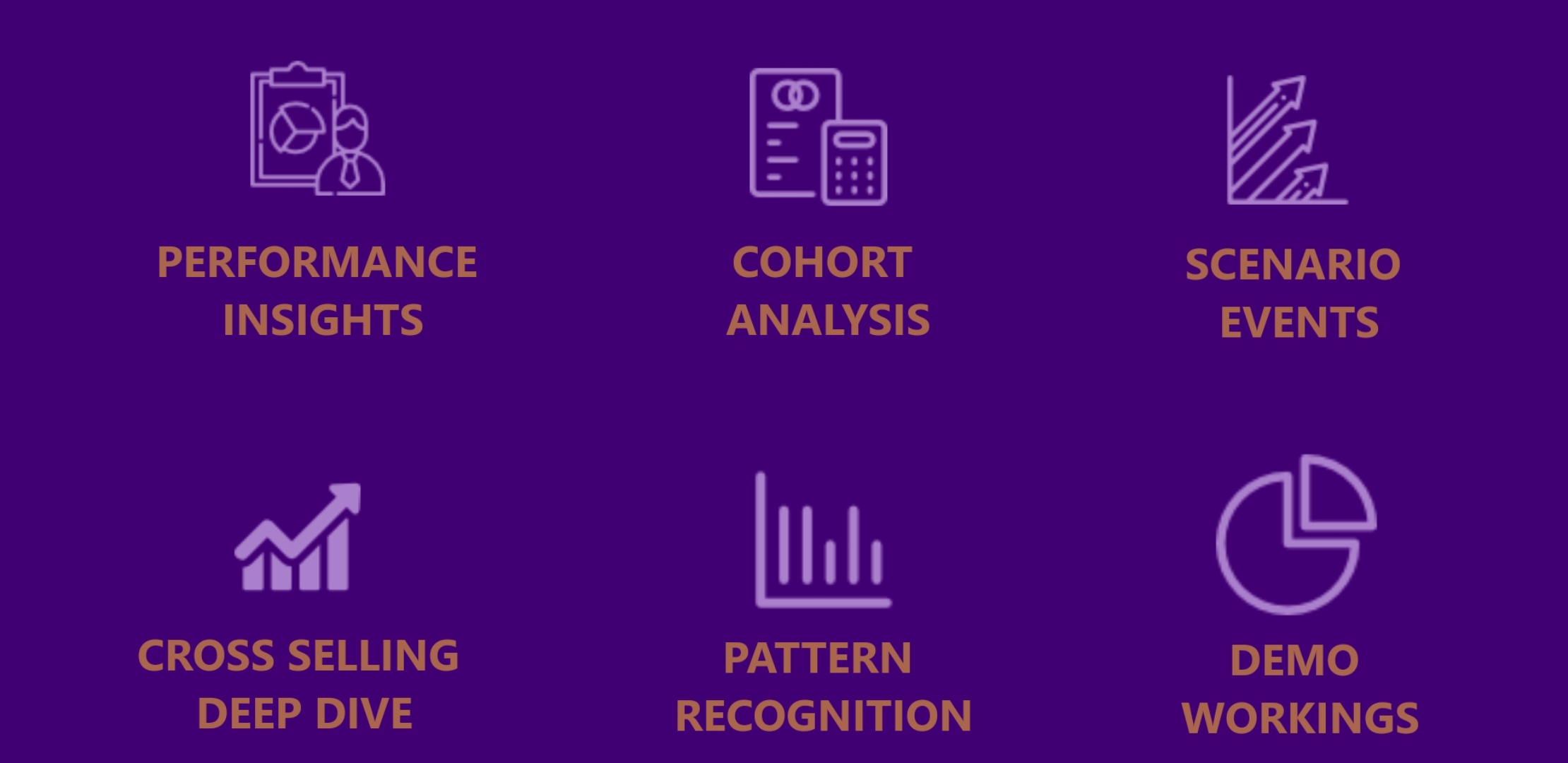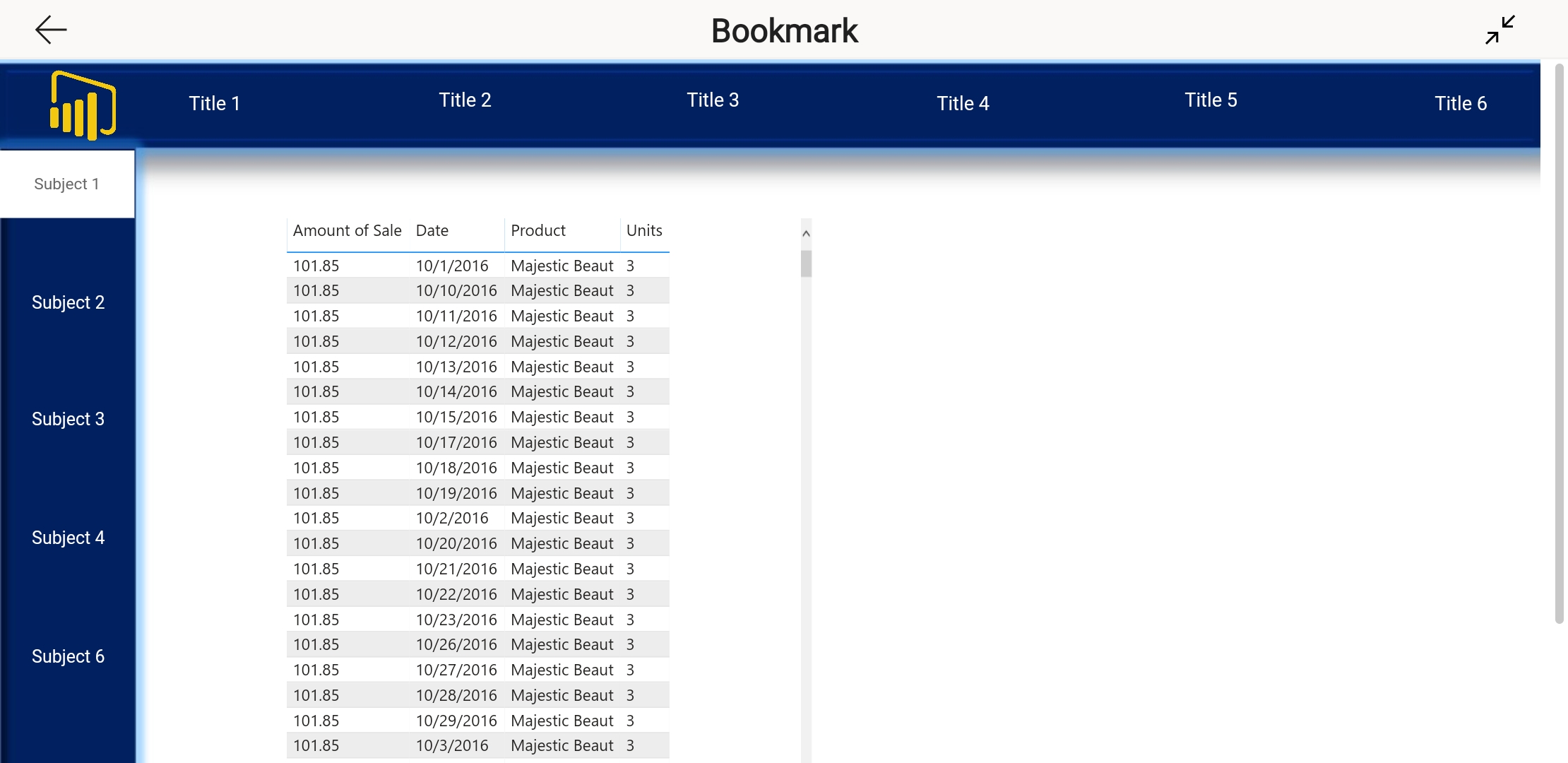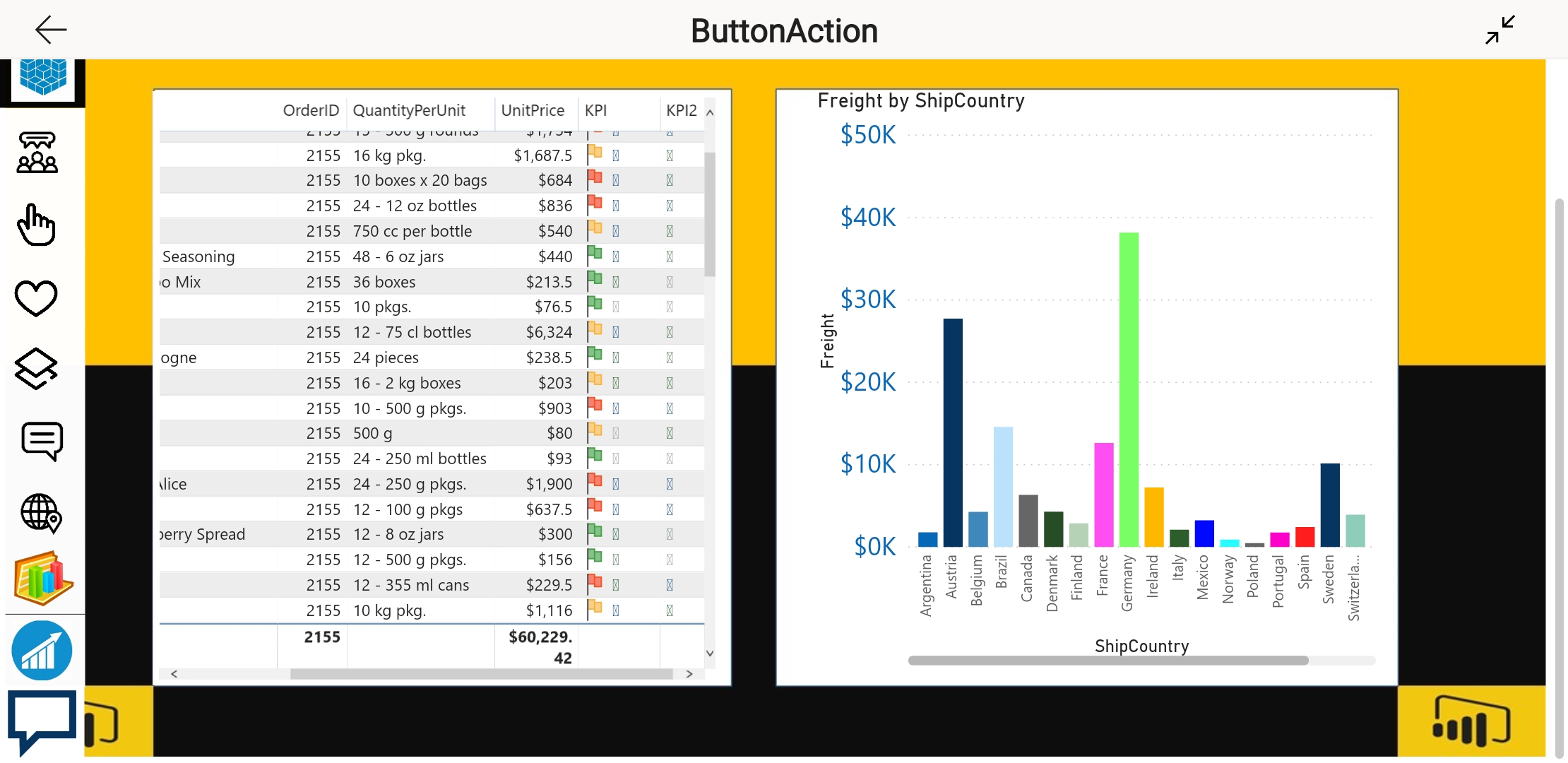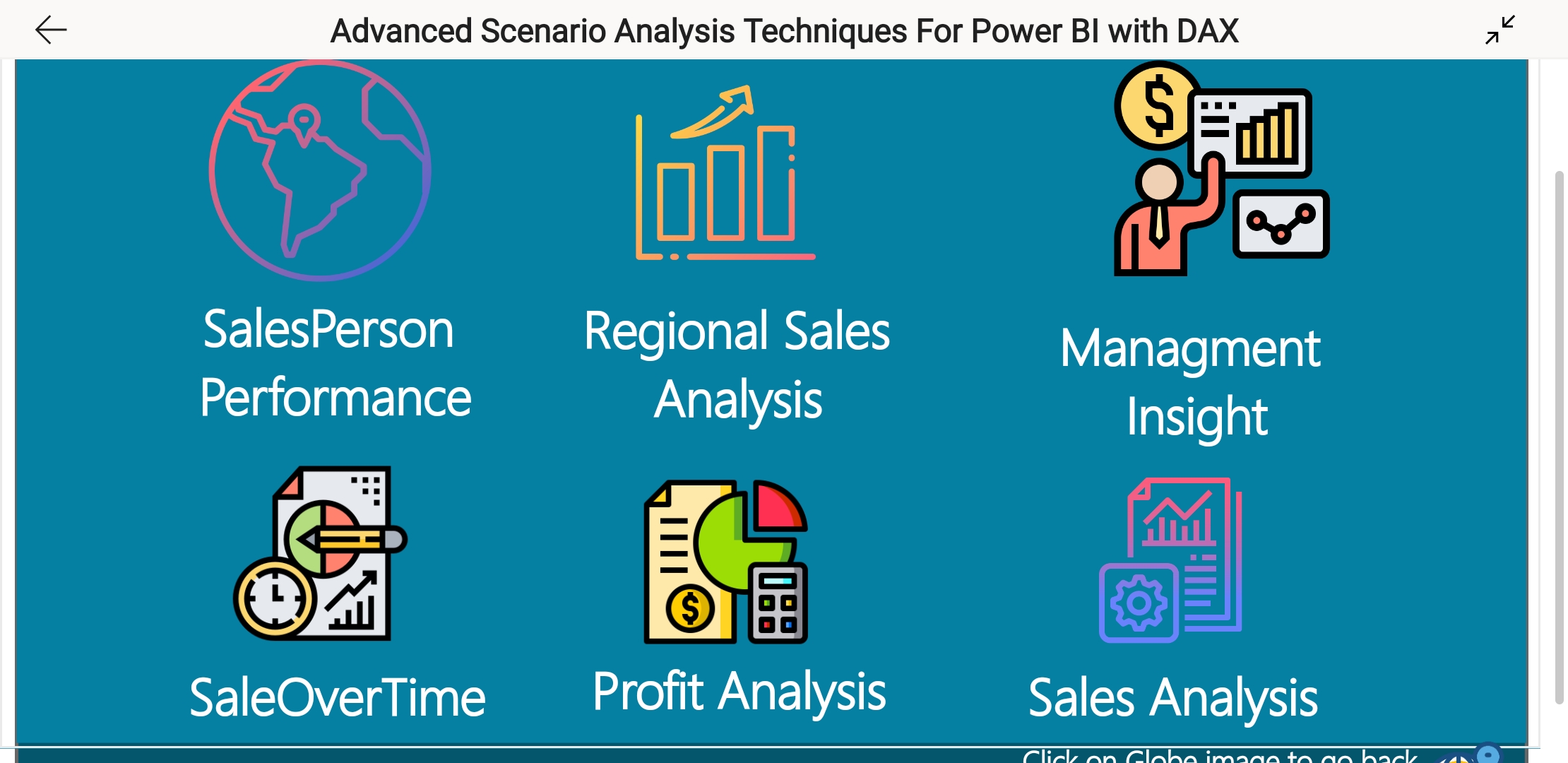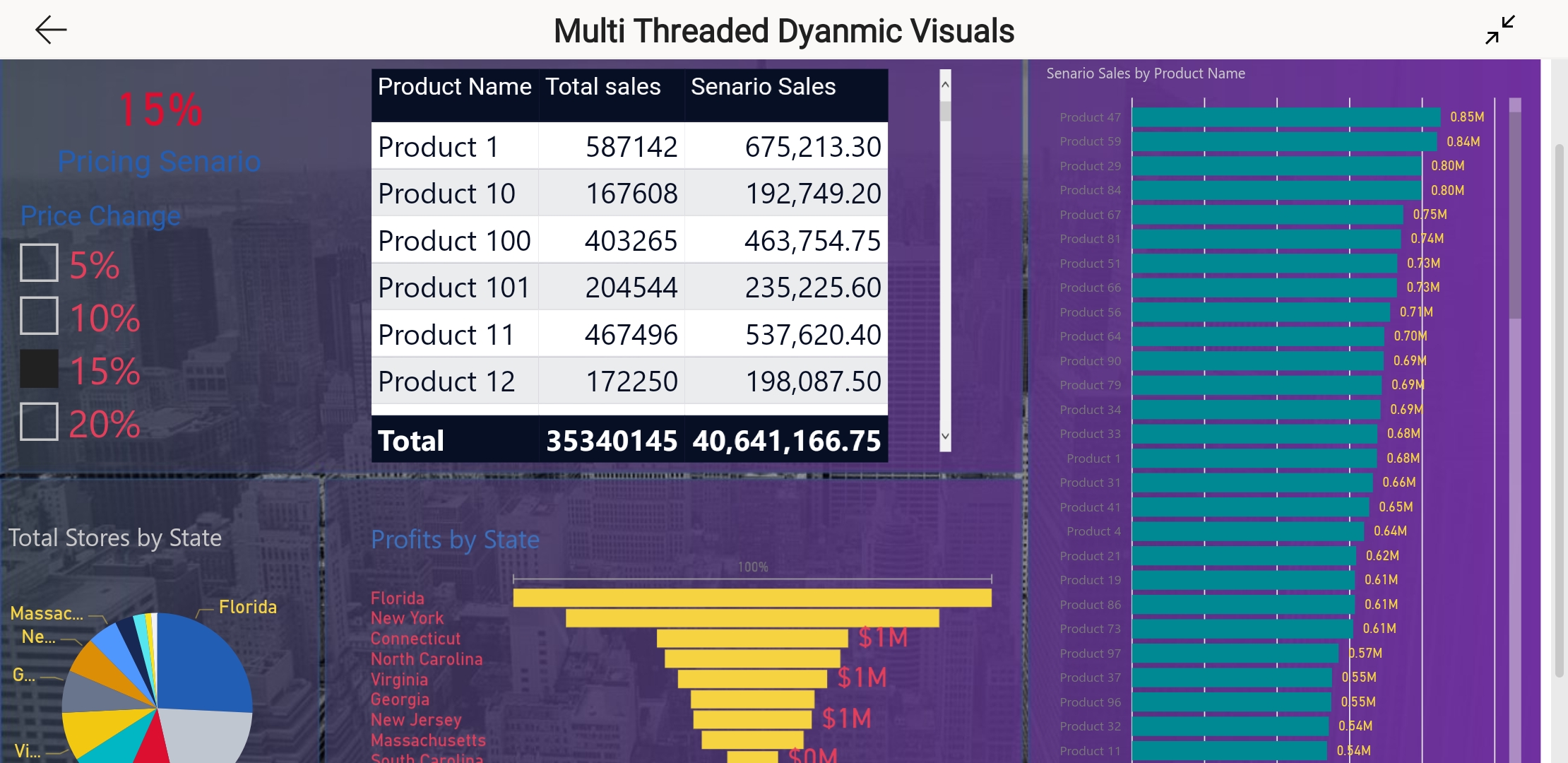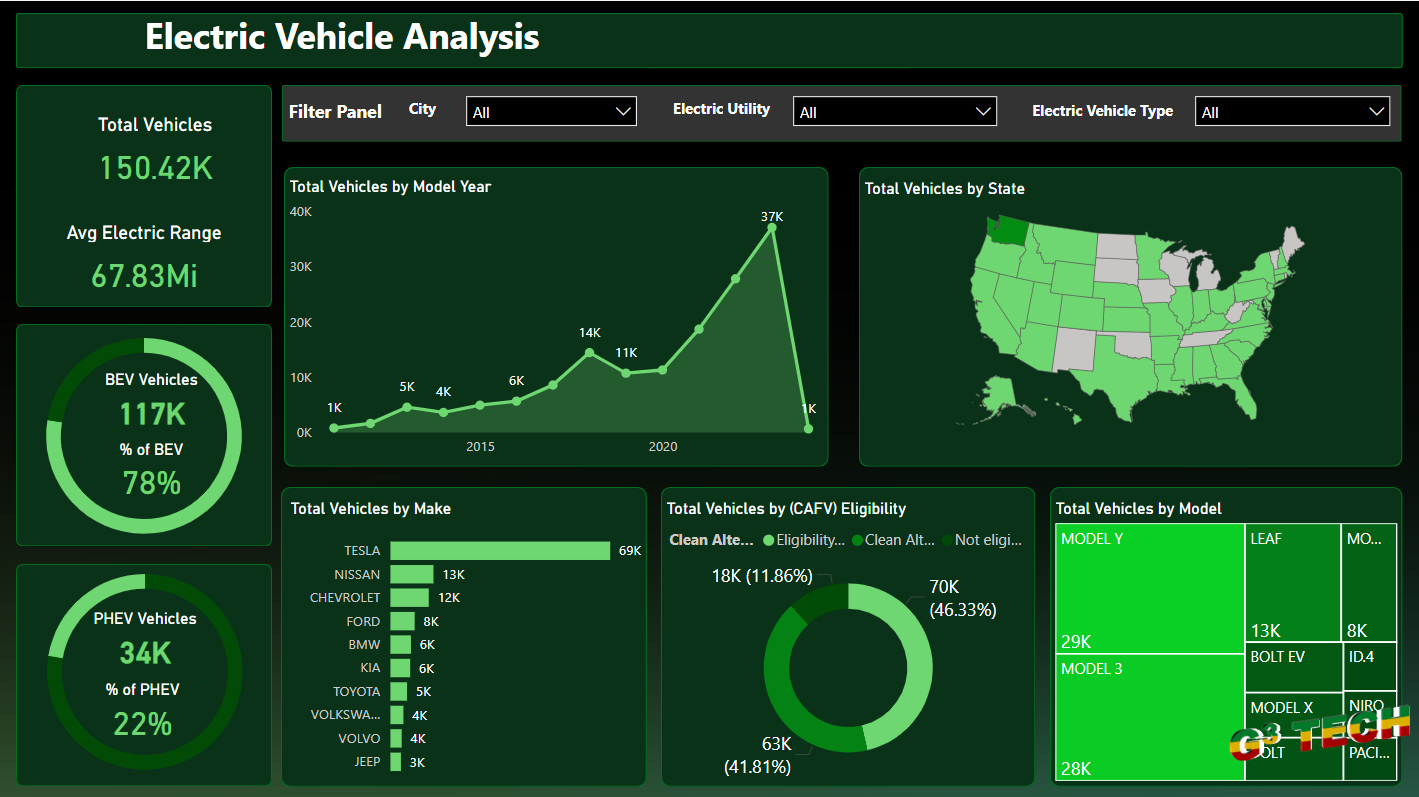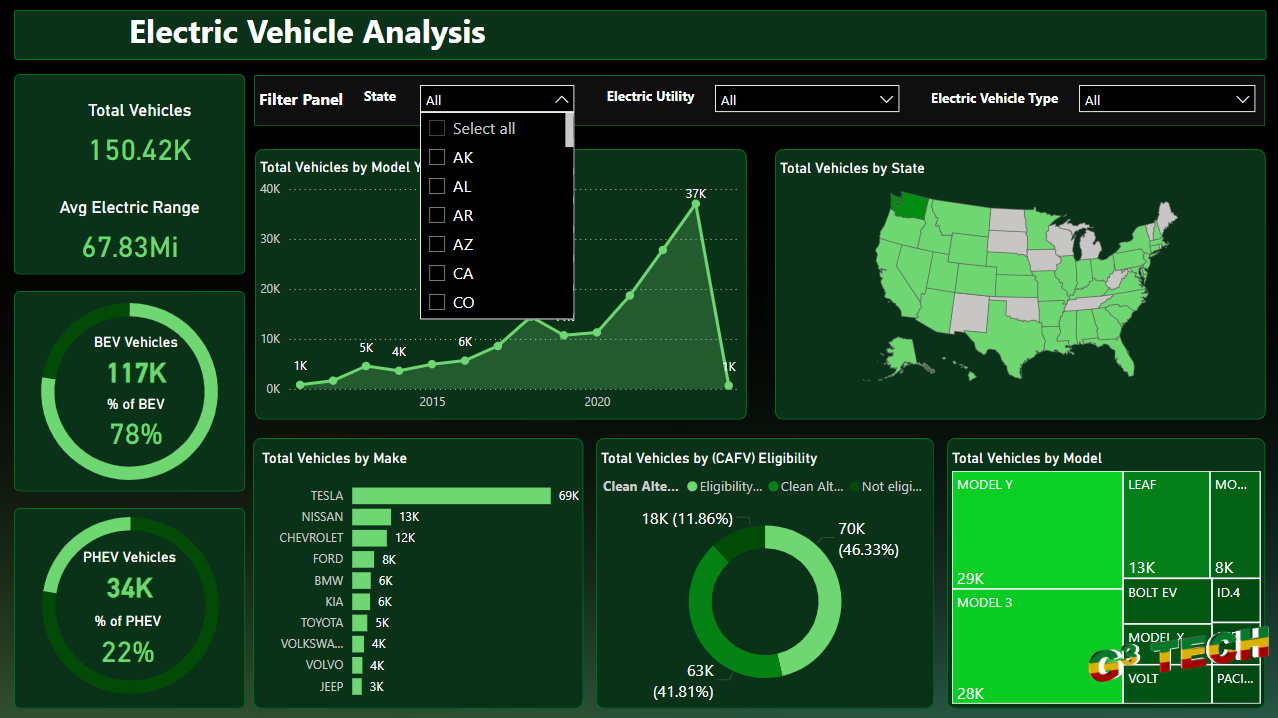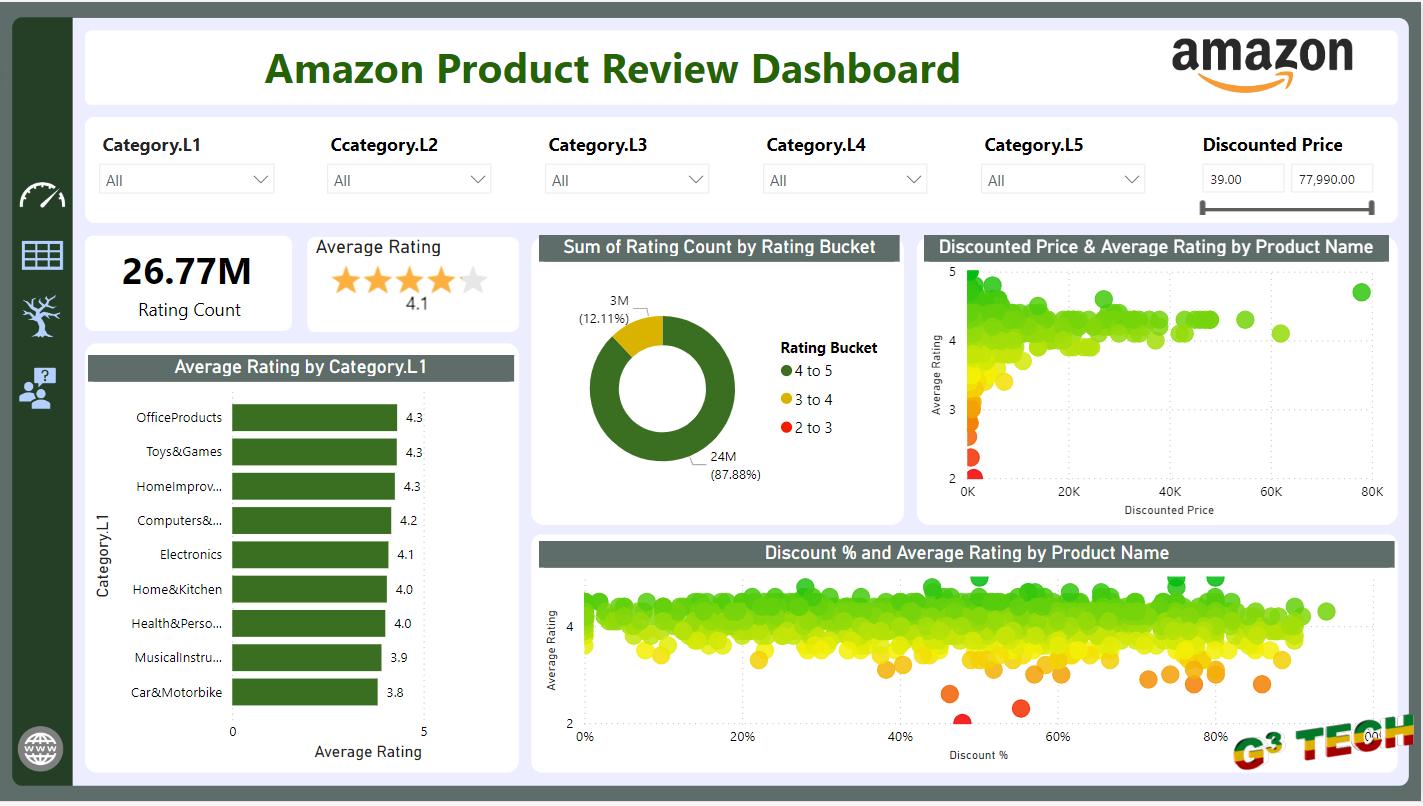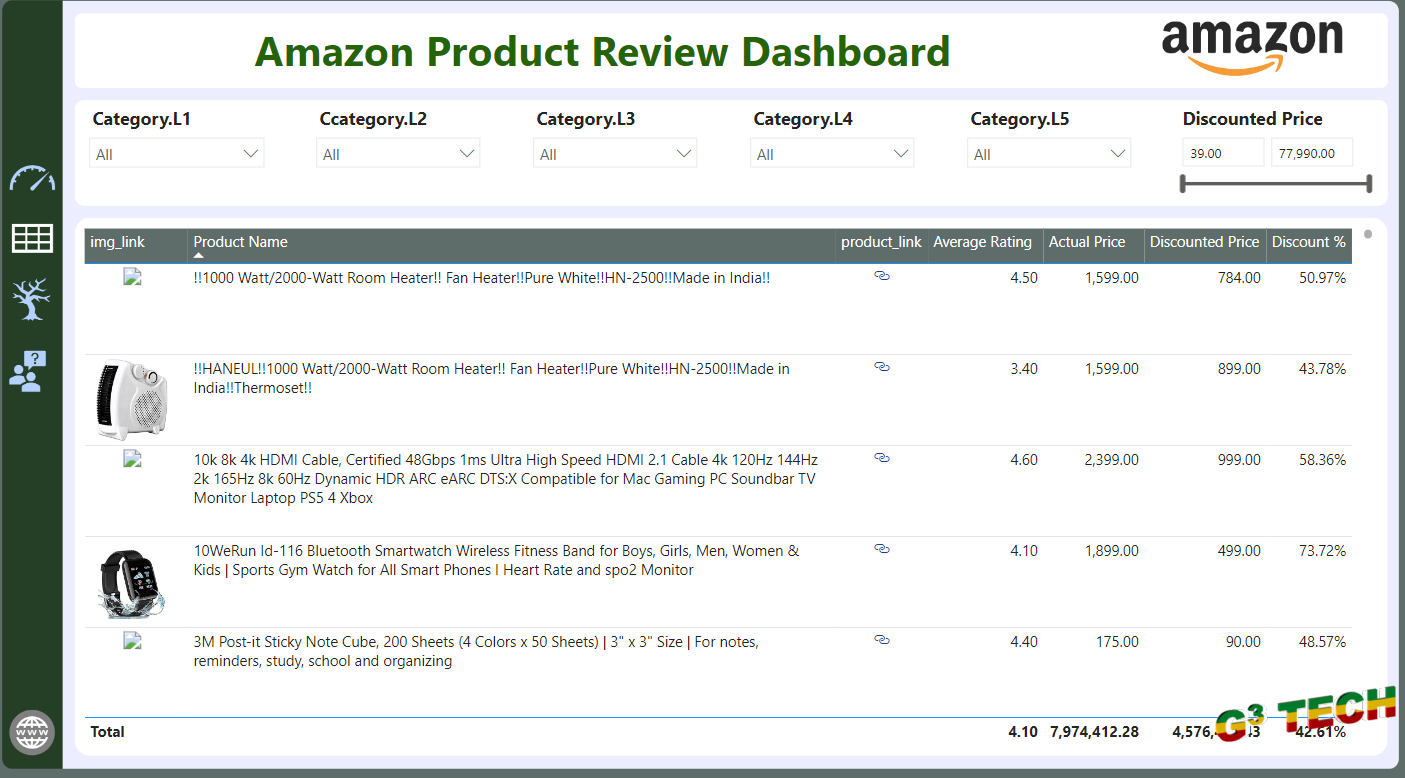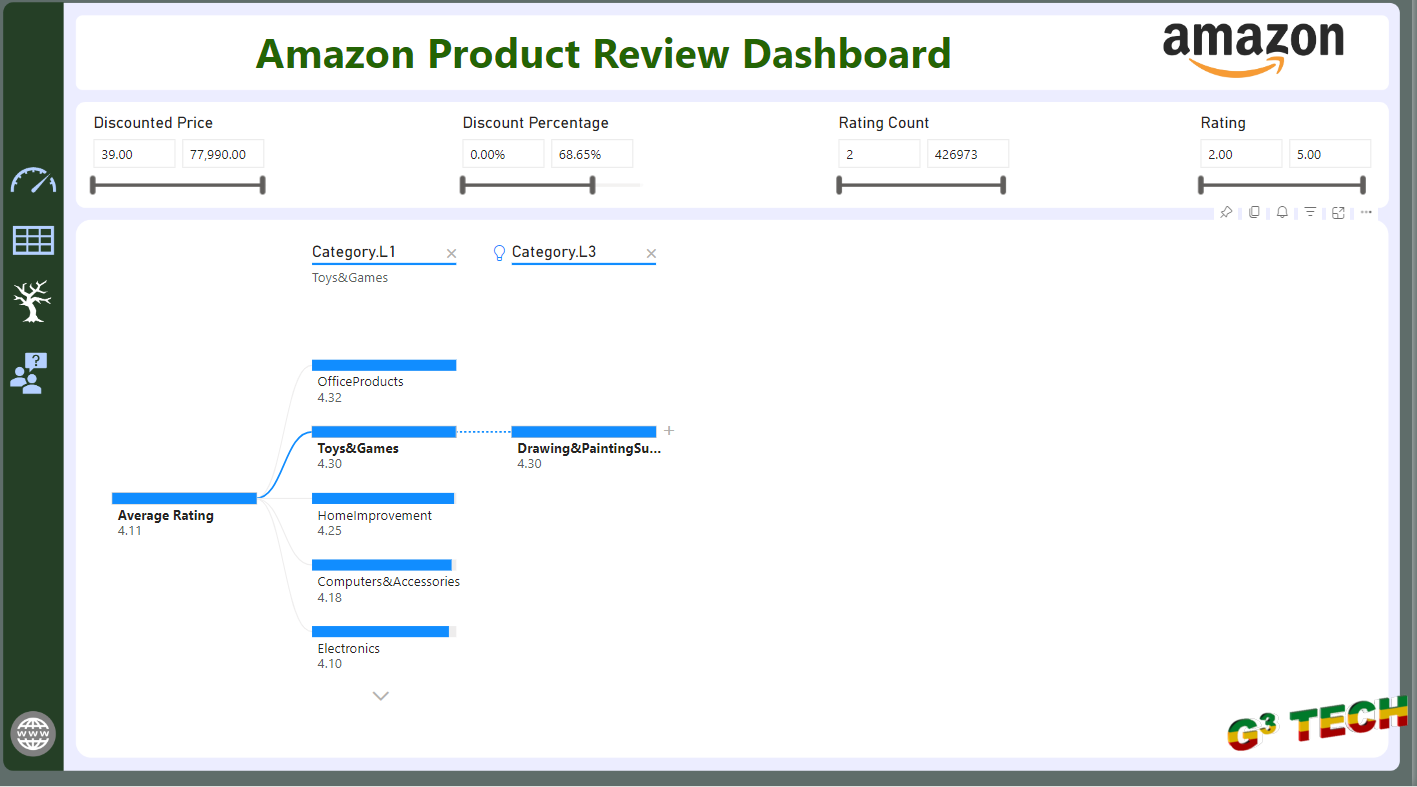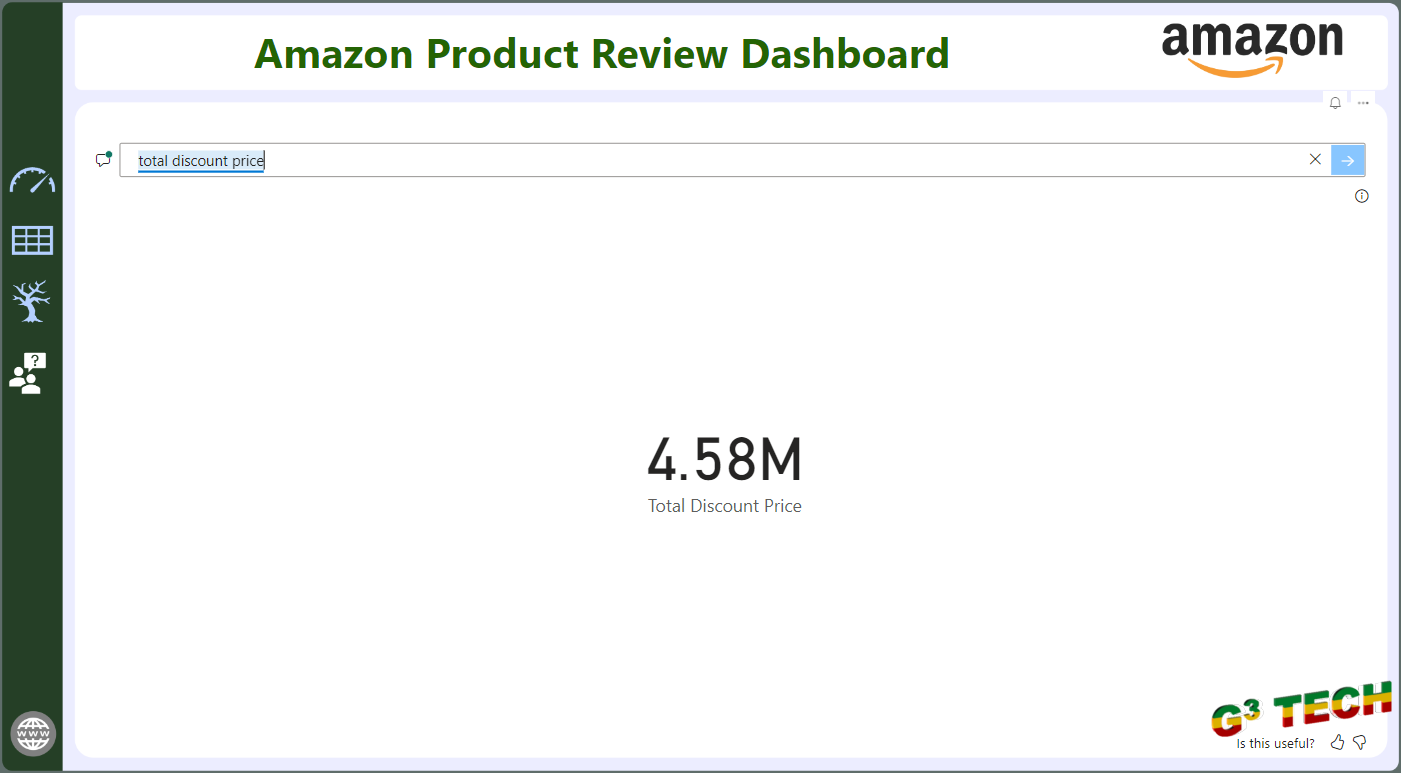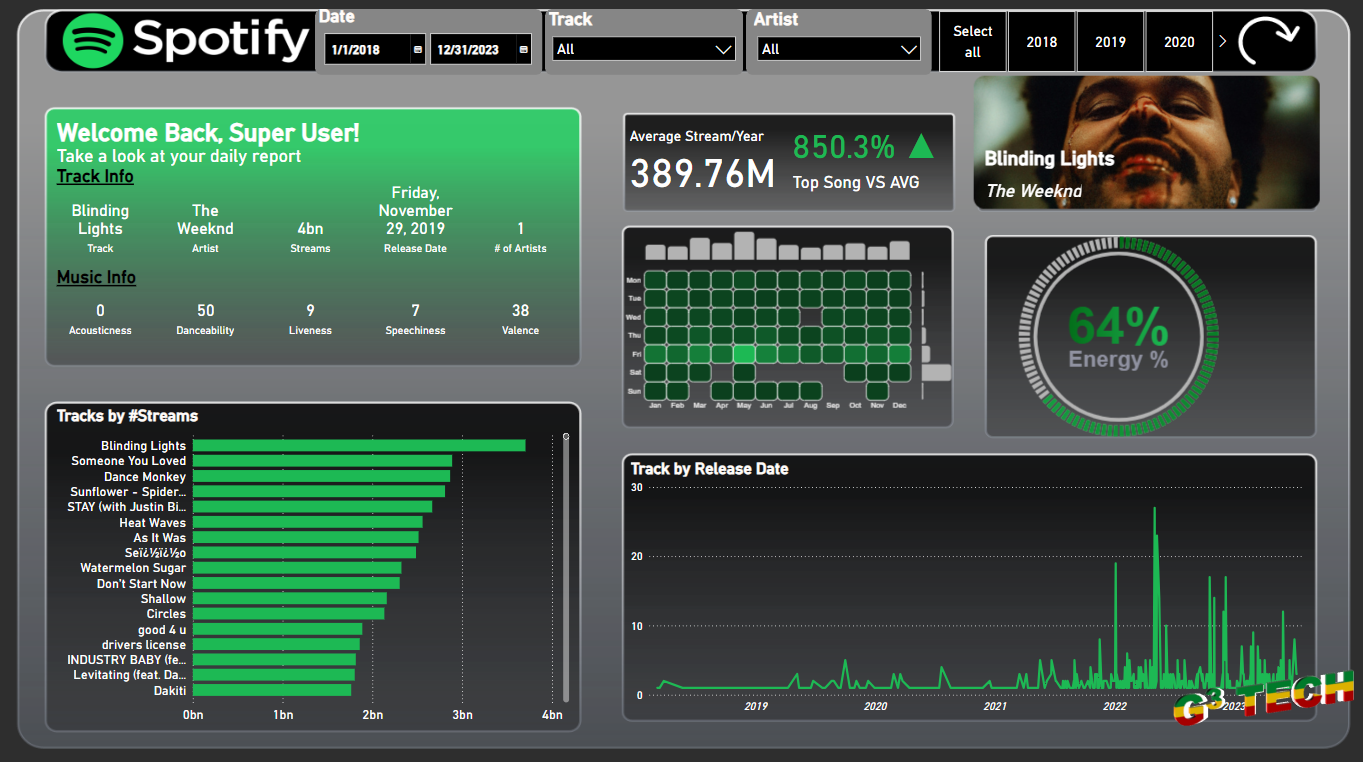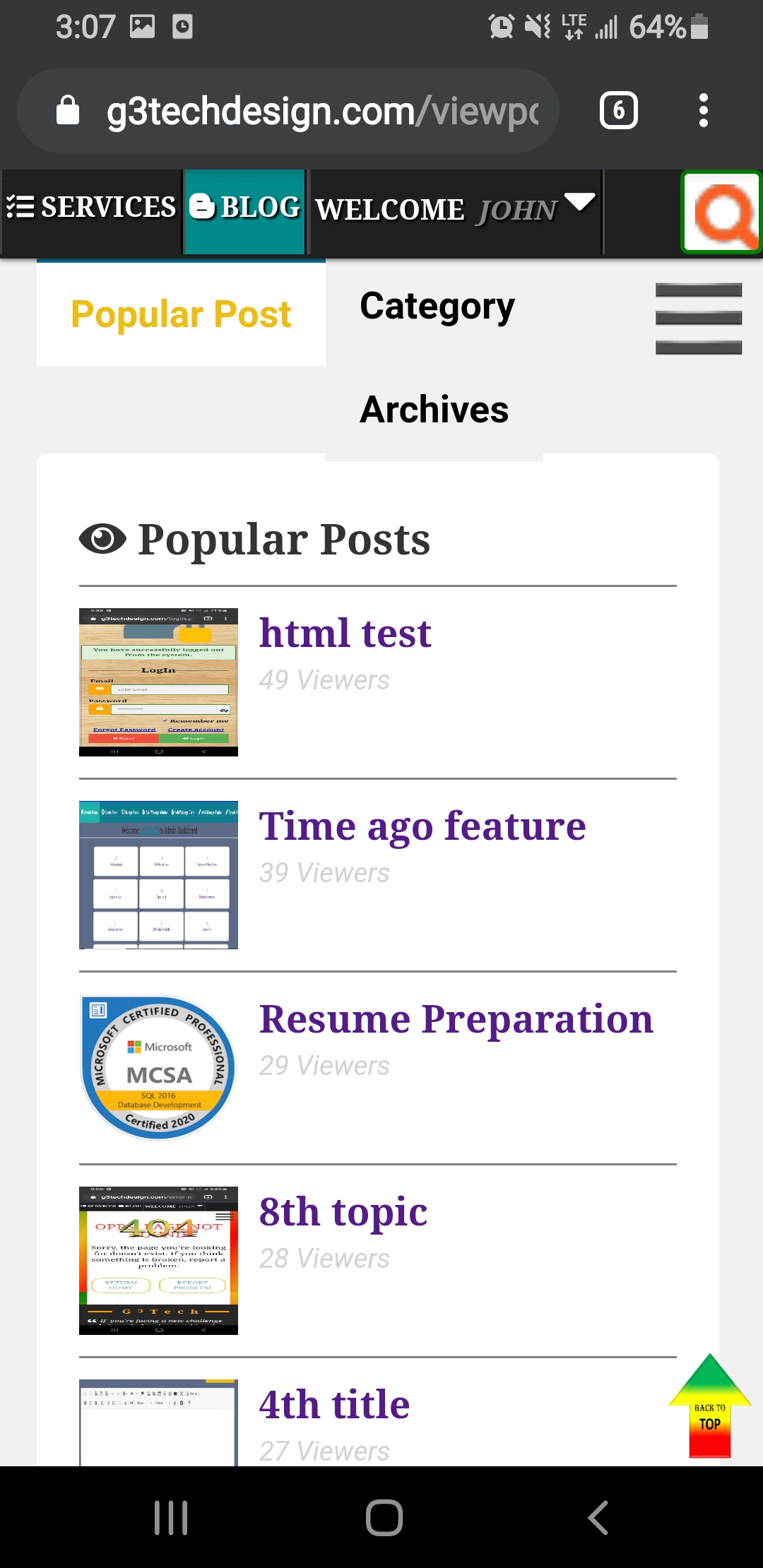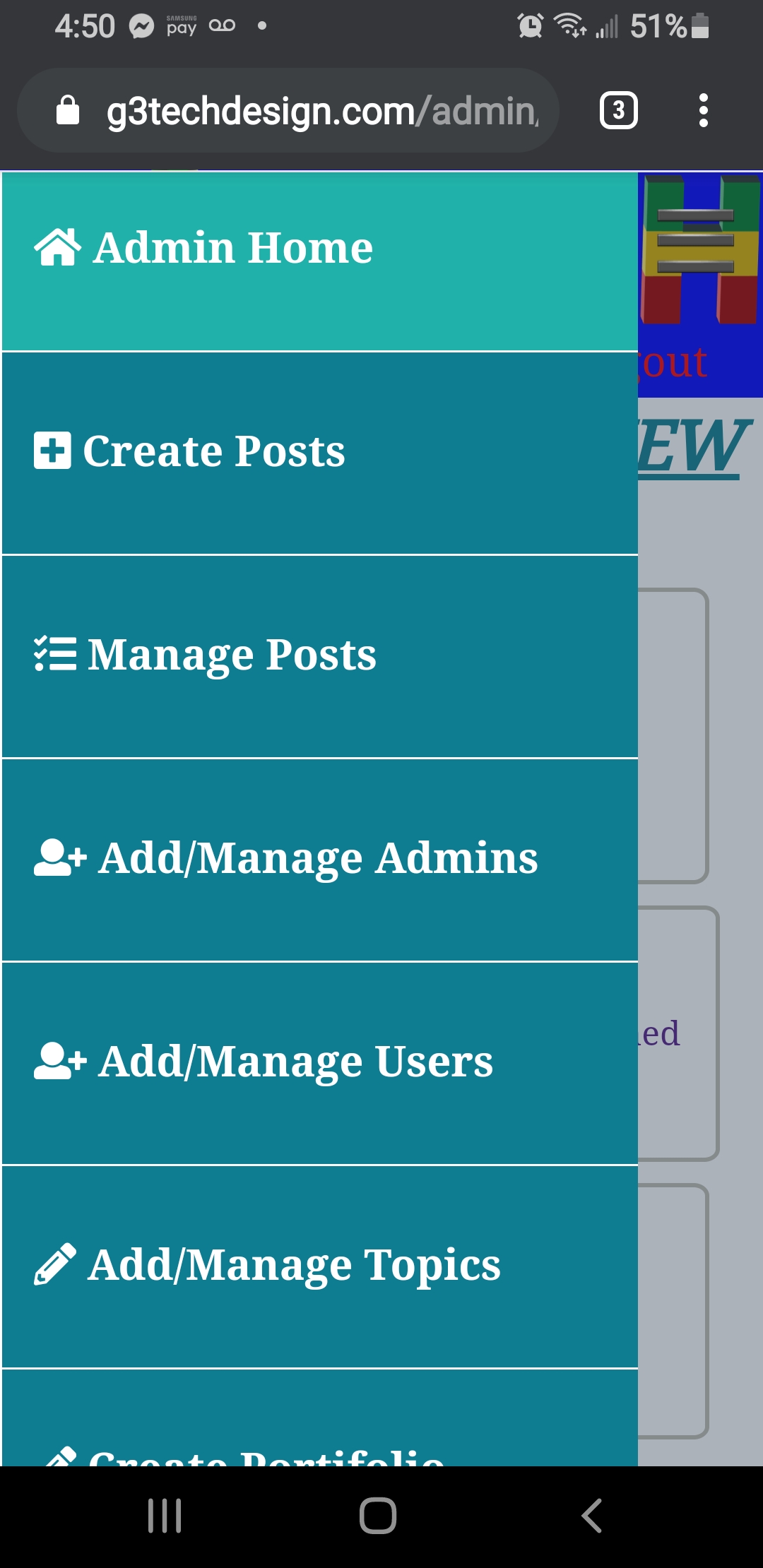Fleet management is a complex and multifaceted challenge that requires careful monitoring and analysis of various metrics to ensure efficiency and profitability.
Page 1: Overall Fleet Revenue KPI Analysis
The first page of the report focuses on the overall revenue metrics and provides a high-level view of the fleet's financial performance. Here are the key components:
1. Key Performance Indicators (KPIs):
Total Revenue: The fleet generated a total revenue of $485 million, showcasing substantial financial growth.
Total Good Value: The total value of goods transported by the fleet amounts to 12 billion units, highlighting the fleet's significant capacity and utilization.
Total Weight (Tons and Cubic): The fleet transported 664K tons and 447 million cubic meters of goods, reflecting its heavy-duty capabilities.
Total Delivery Orders: With 92K delivery orders processed, the fleet demonstrates high operational throughput.
2. YearoverYear (YoY) Growth Metrics:
The report displays impressive YoY growth rates in revenue (91.12%), good value (82.37%), weight (70.82%), and delivery orders (93.34%).
3. Revenue Trends by Year and Month:
An interactive line chart illustrates the total revenue trends over the years, allowing users to observe seasonal patterns and identify peak periods.
4. Revenue Distribution by State:
A geospatial map highlights the revenue generated across different states, helping to identify key markets and areas with growth potential.
5. Customer Insights:
Customers with Multiple Orders: 90K customers have placed multiple orders, indicating strong customer retention and satisfaction.
Customers with One Order: 2K customers have placed only one order, suggesting opportunities for targeted marketing to increase repeat business.
6. Key Insights and Recommendations:
The report provides actionable insights, such as focusing on customer retention strategies given the high number of repeat customers.
Page 2: Driver Analysis
The second page of the report delves into the performance metrics related to the fleet's drivers, offering detailed insights into their activities and associated costs.
1. Driver Metrics:
Total Liters Consumed: 166K liters of fuel were consumed by the fleet, reflecting its fuel usage efficiency.
Total Drivers: The fleet employs 32 drivers, highlighting the human resources involved in operations.
Total KM Traveled: The drivers collectively traveled 722K kilometers, showcasing the fleet's extensive reach.
2. Cost Analysis:
Total Fix Cost: The report reveals a total fix cost of $2 million, providing insights into maintenance and repair expenses.
Total Fuel Consumed: Fuel costs amount to $550K, a critical metric for managing operational expenses.
Total Maintenance Cost: Maintenance costs stand at $171K, highlighting the importance of regular upkeep for fleet vehicles.
3. Driver Performance Table:
A detailed table lists individual driver metrics, including kilometers traveled, liters consumed, fuel consumed, maintenance cost, and total fixed cost.
4. Fix Cost Trends:
An interactive chart displays the trends in total fixed costs over time, helping to identify periods of high maintenance expenses and plan accordingly.
Conclusion
This comprehensive fleet management report in Power BI provides valuable insights into both overall fleet revenue and individual driver performance.
Feel free to explore the report in the Power BI service, and if you have any questions or need further details, please leave a comment below.




